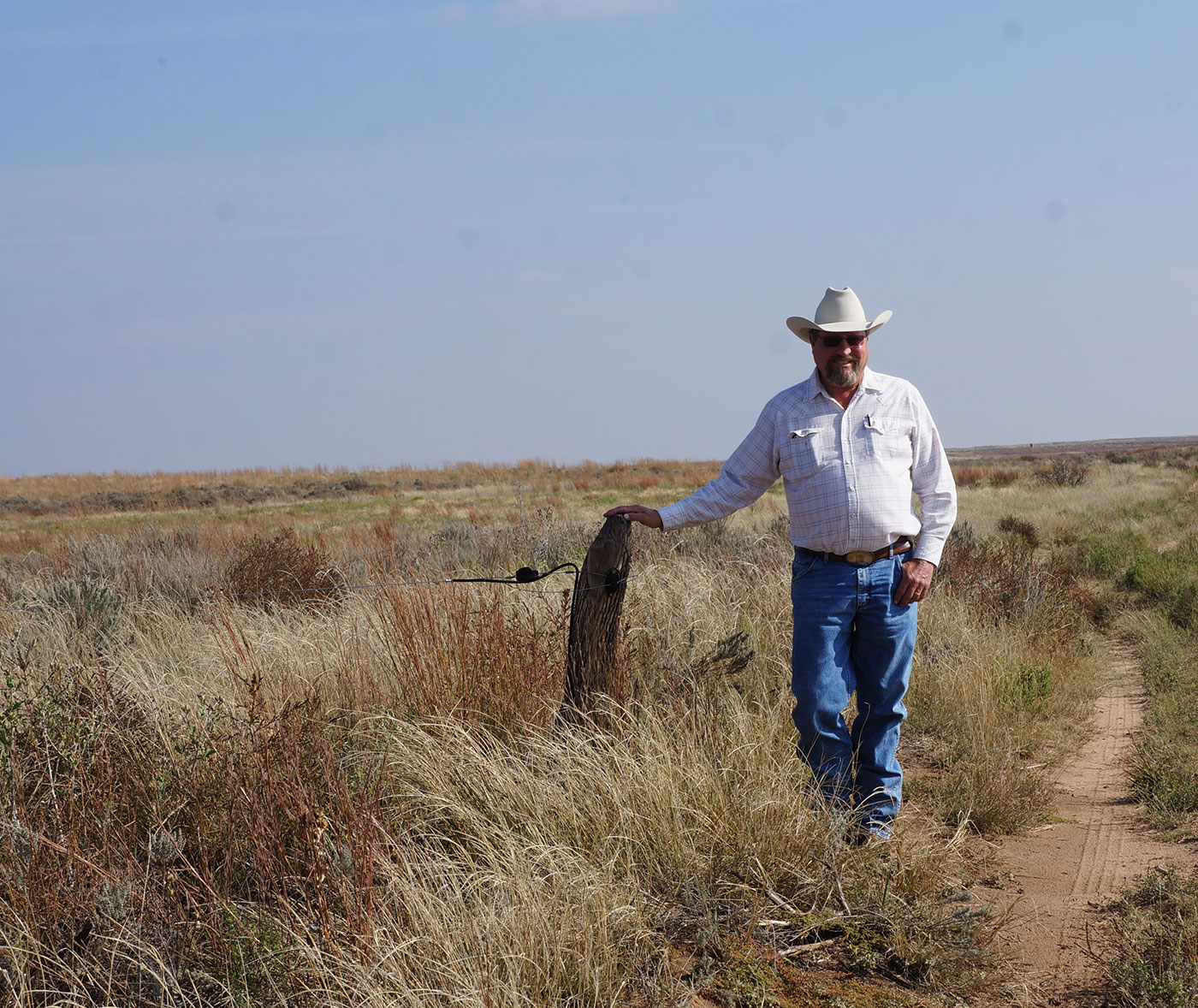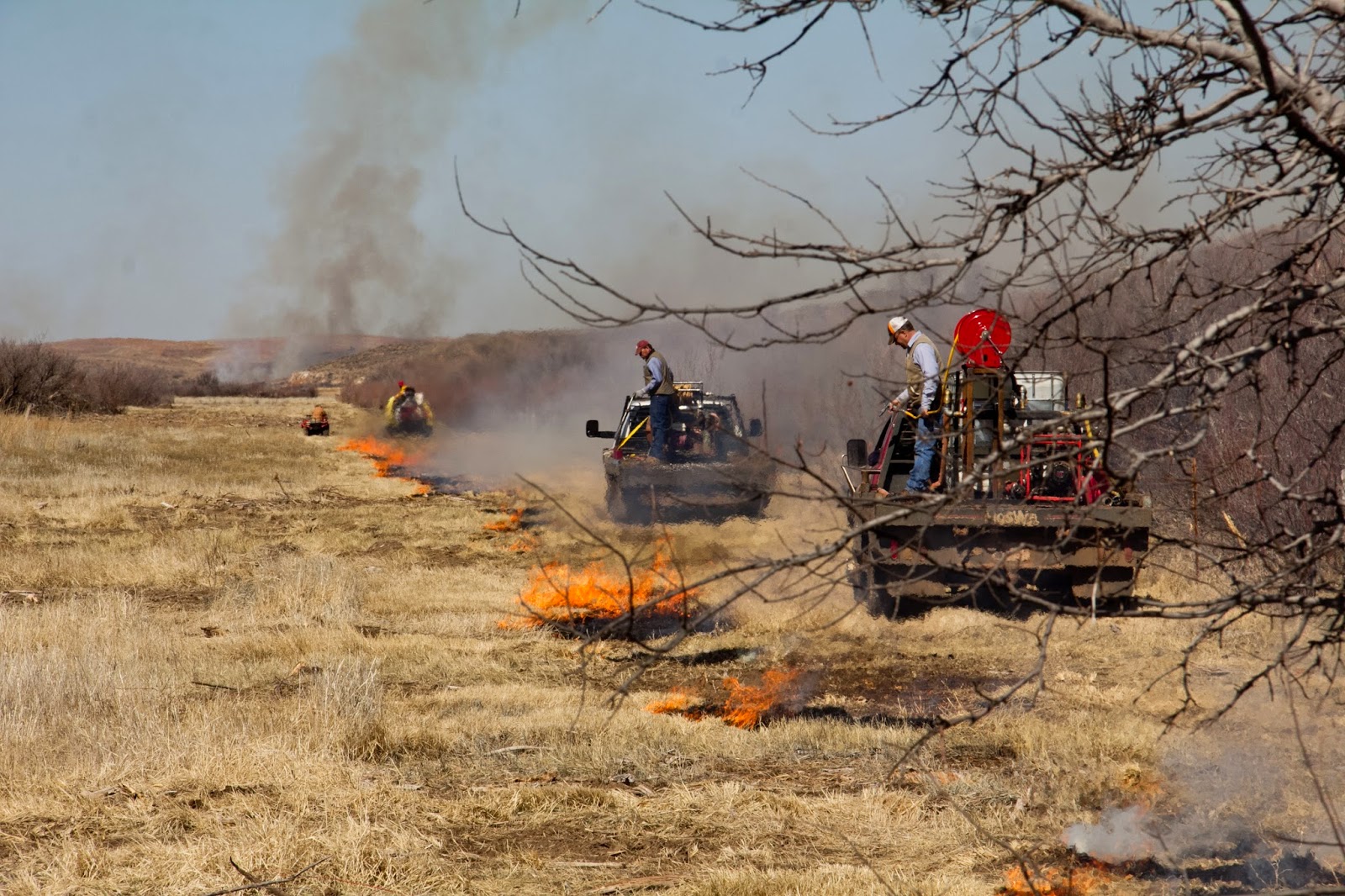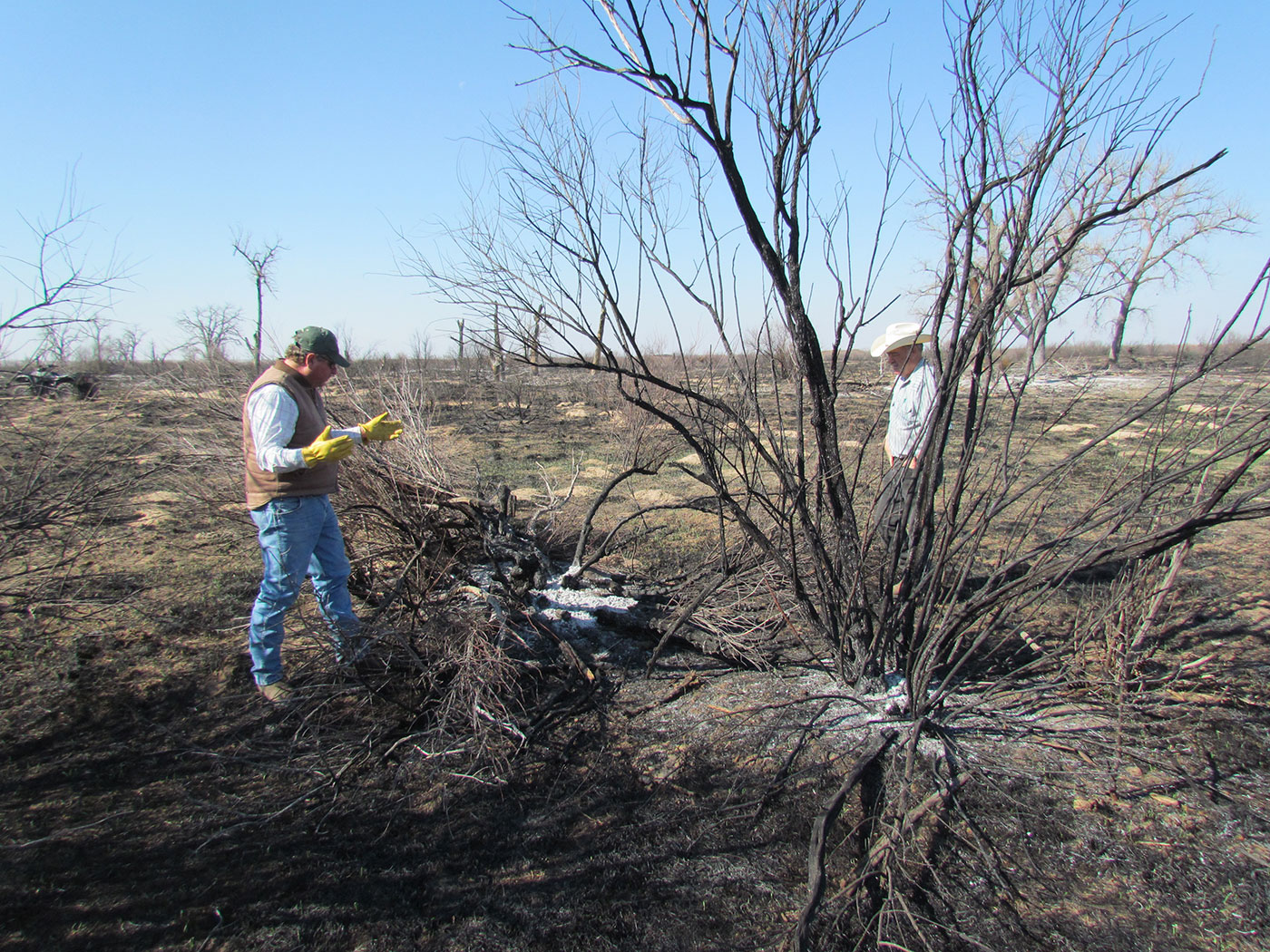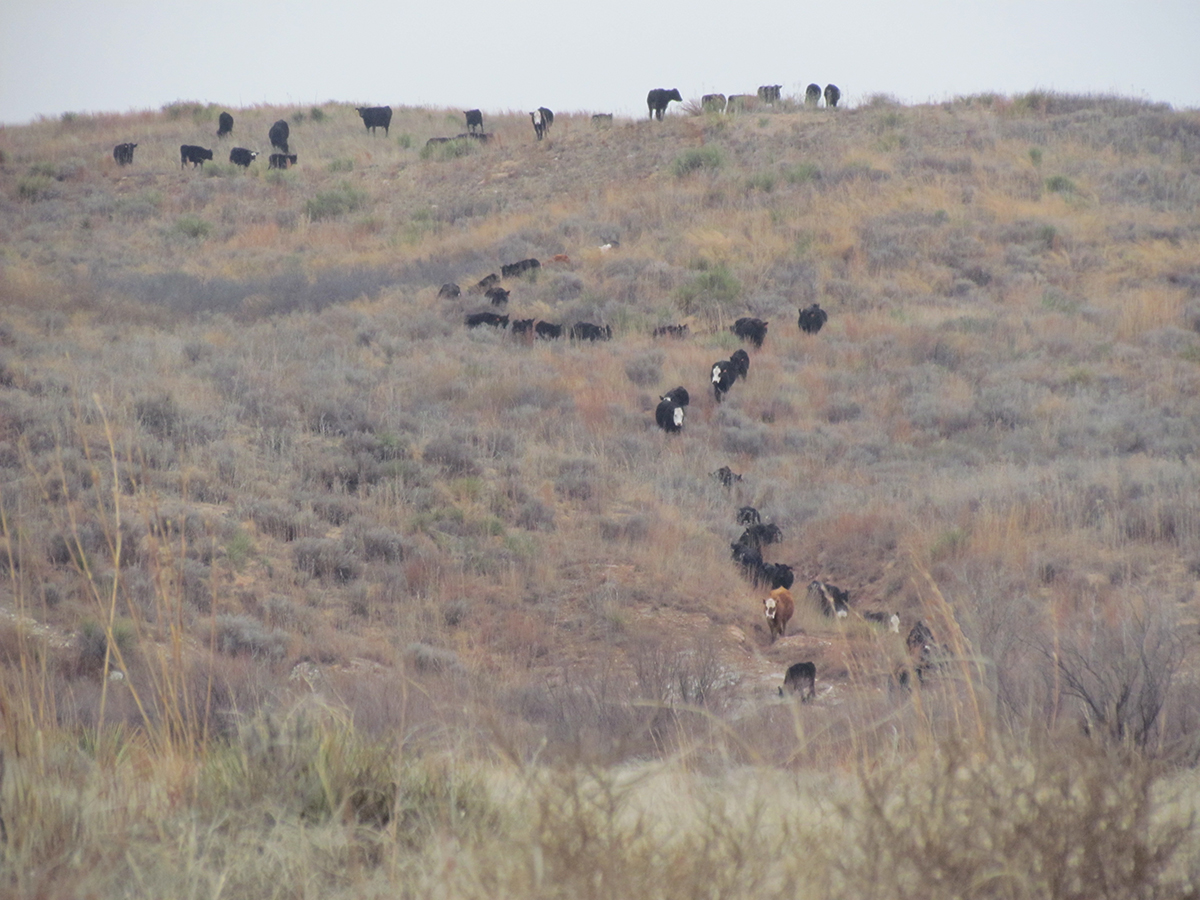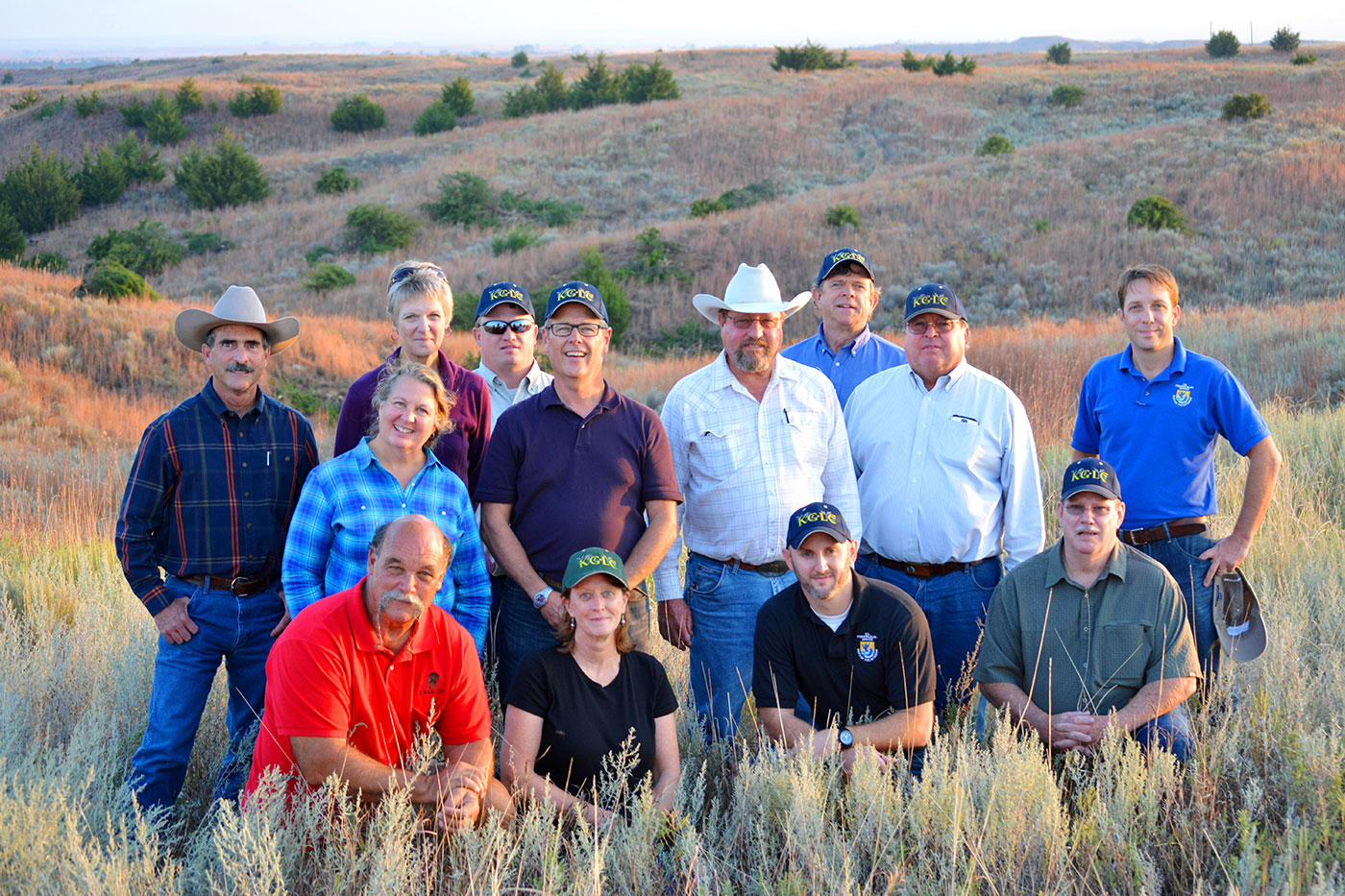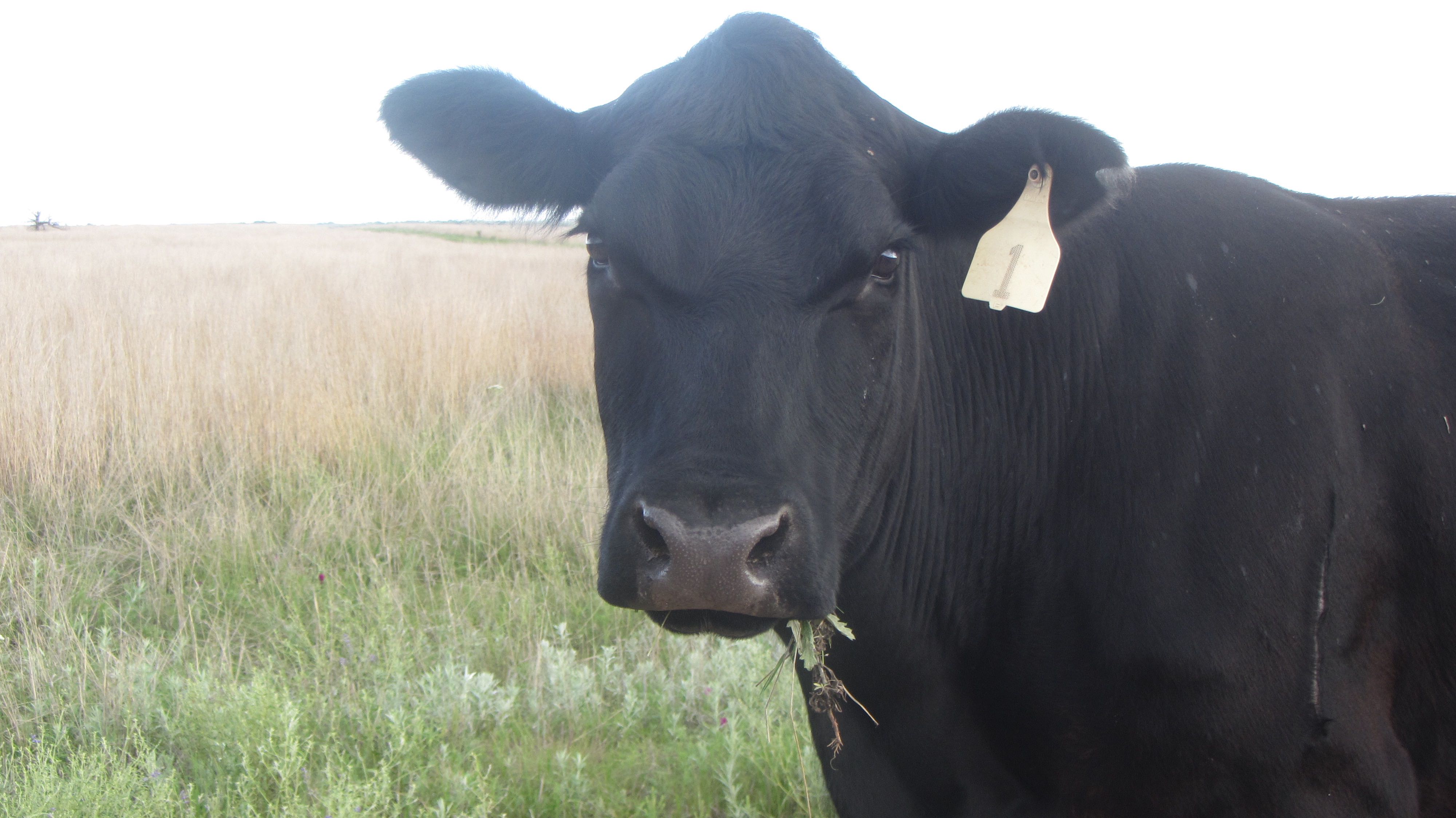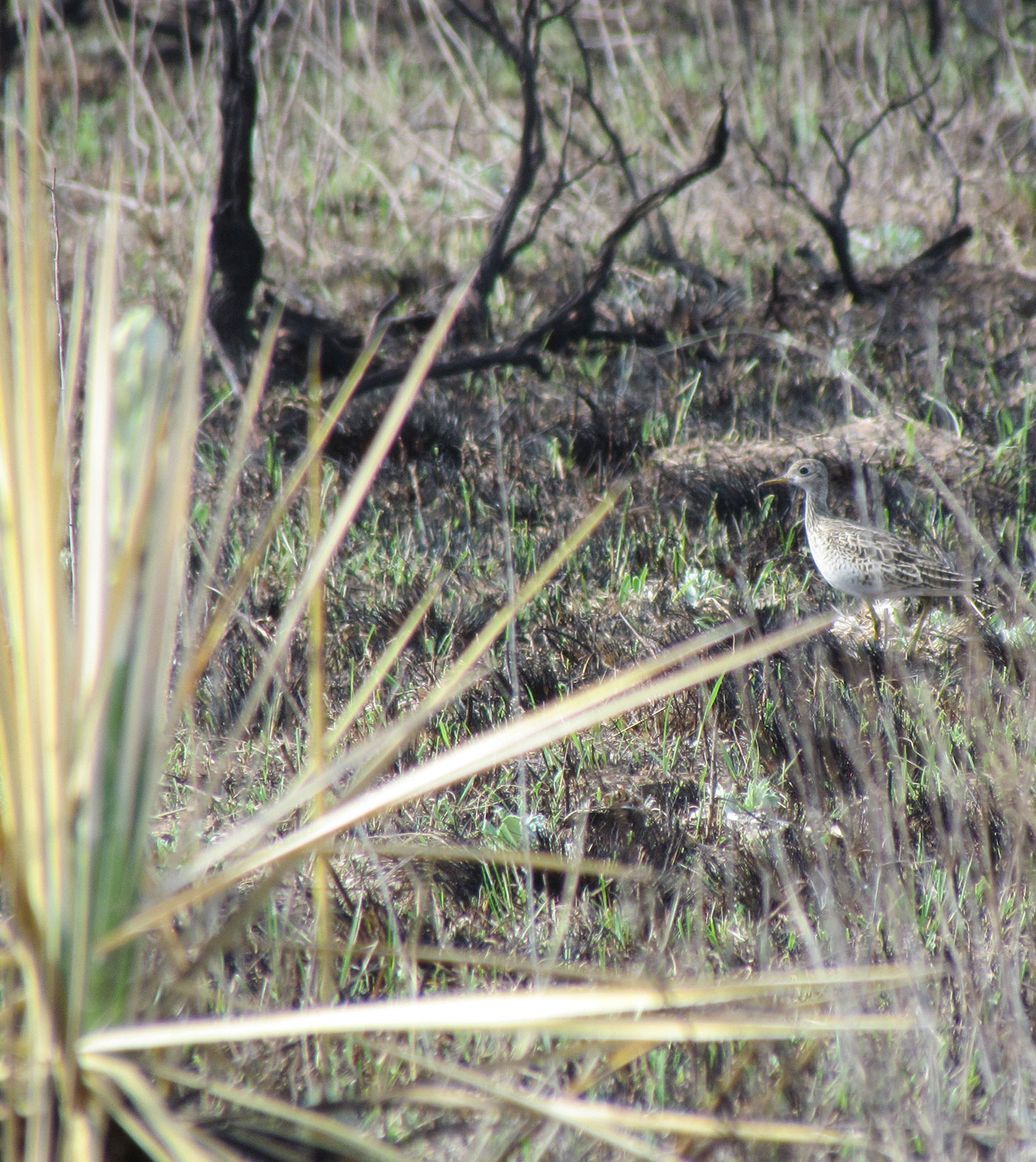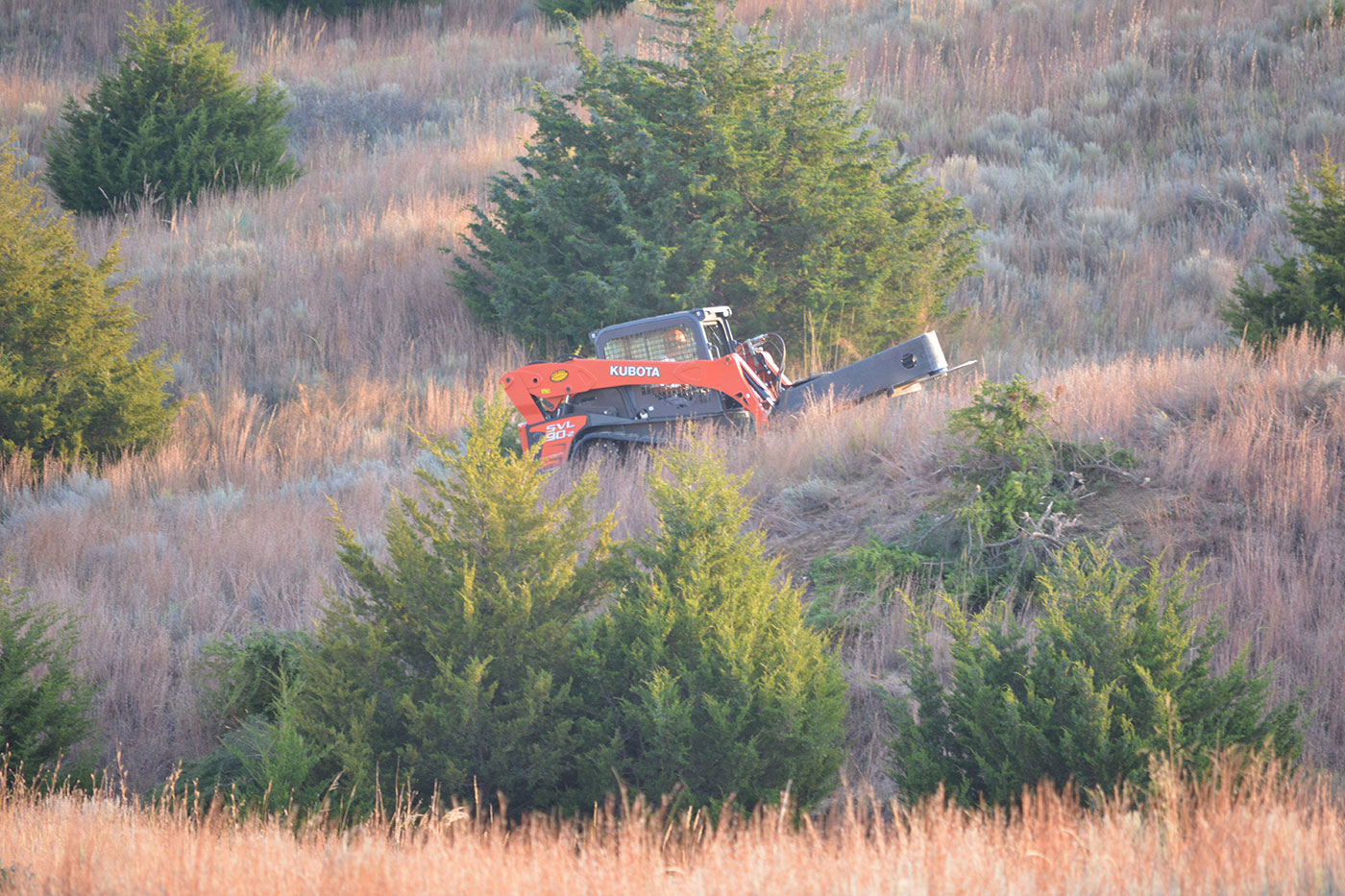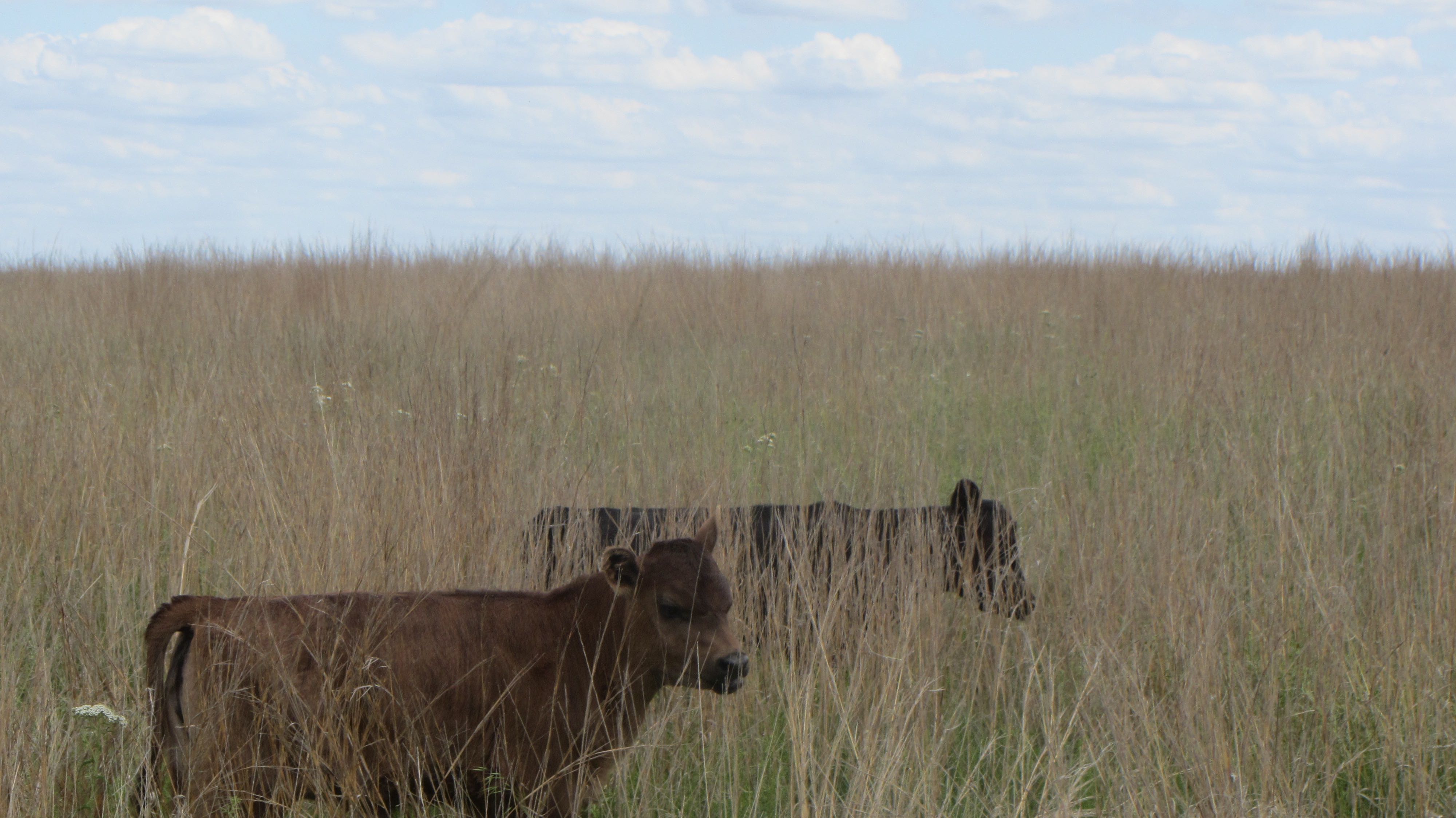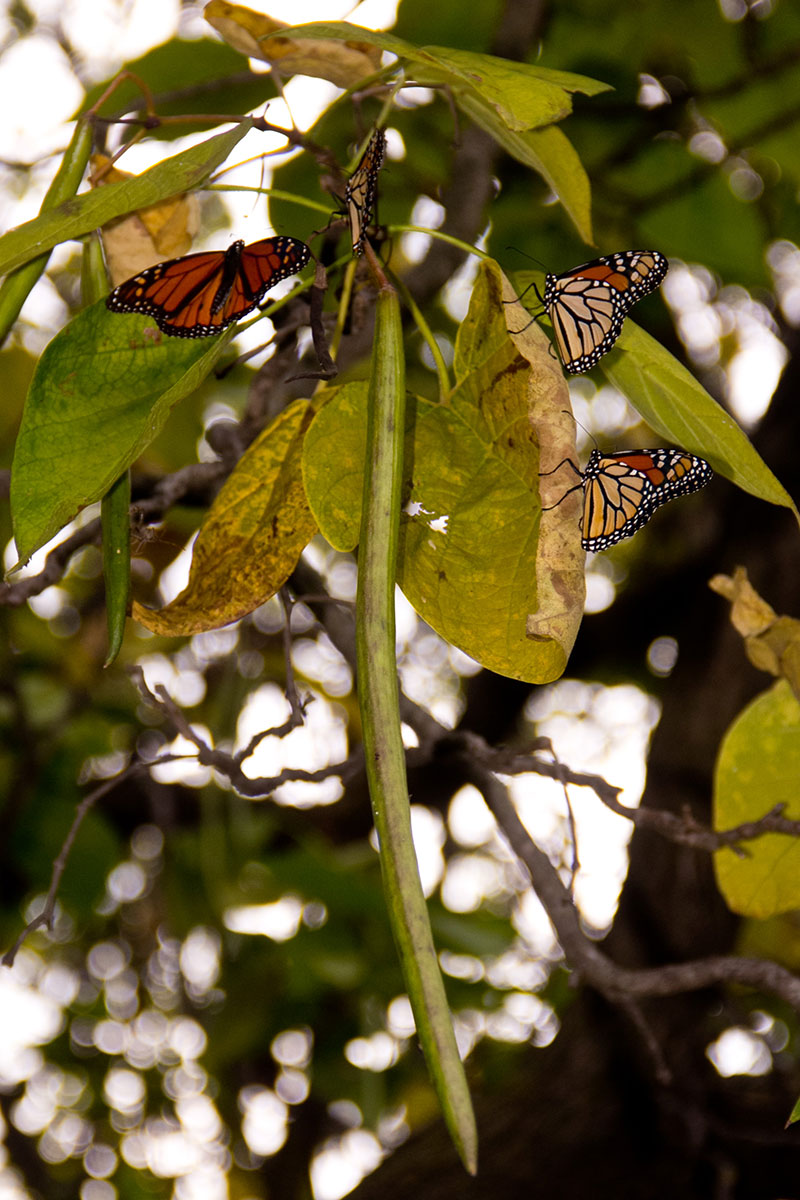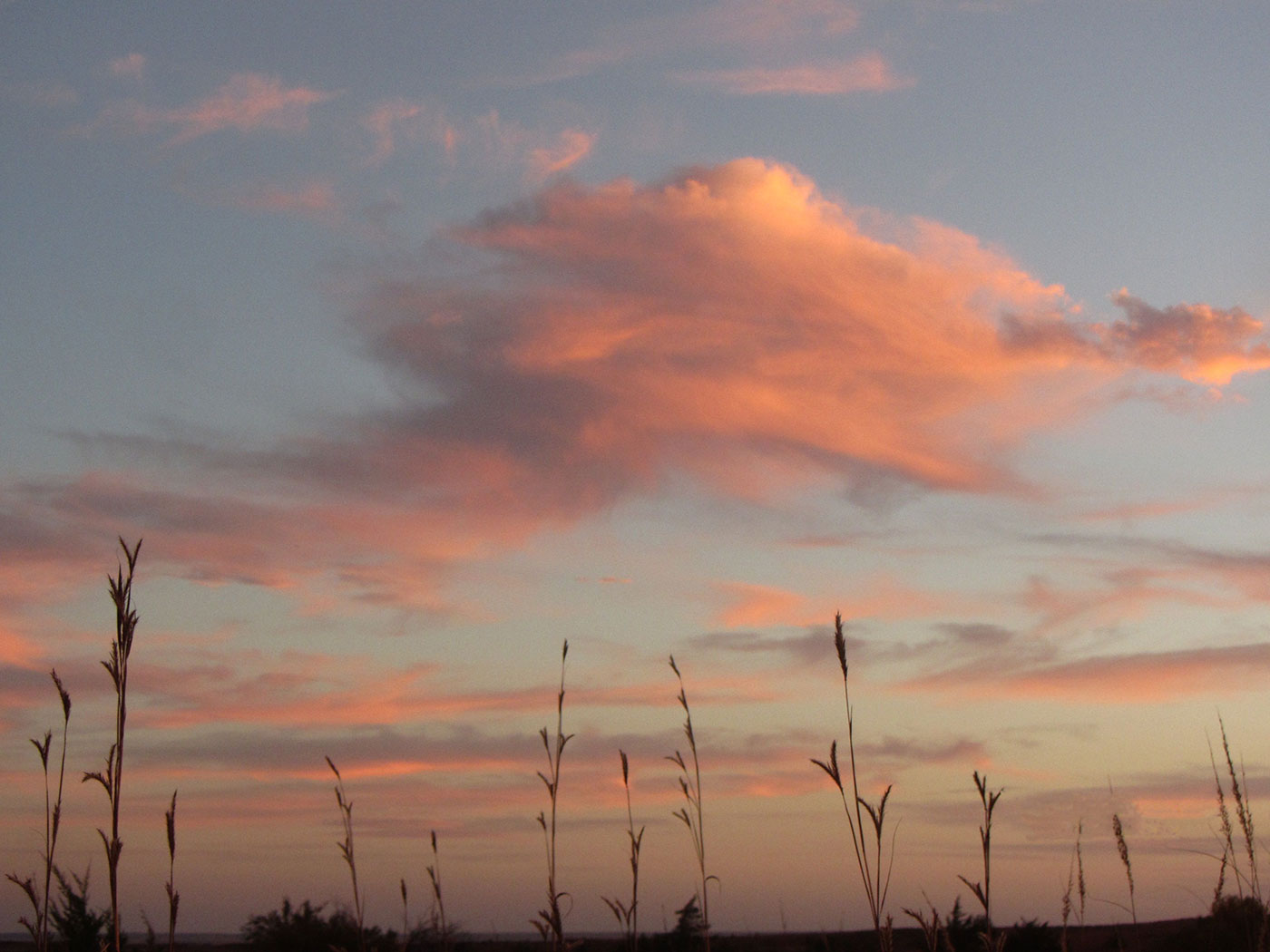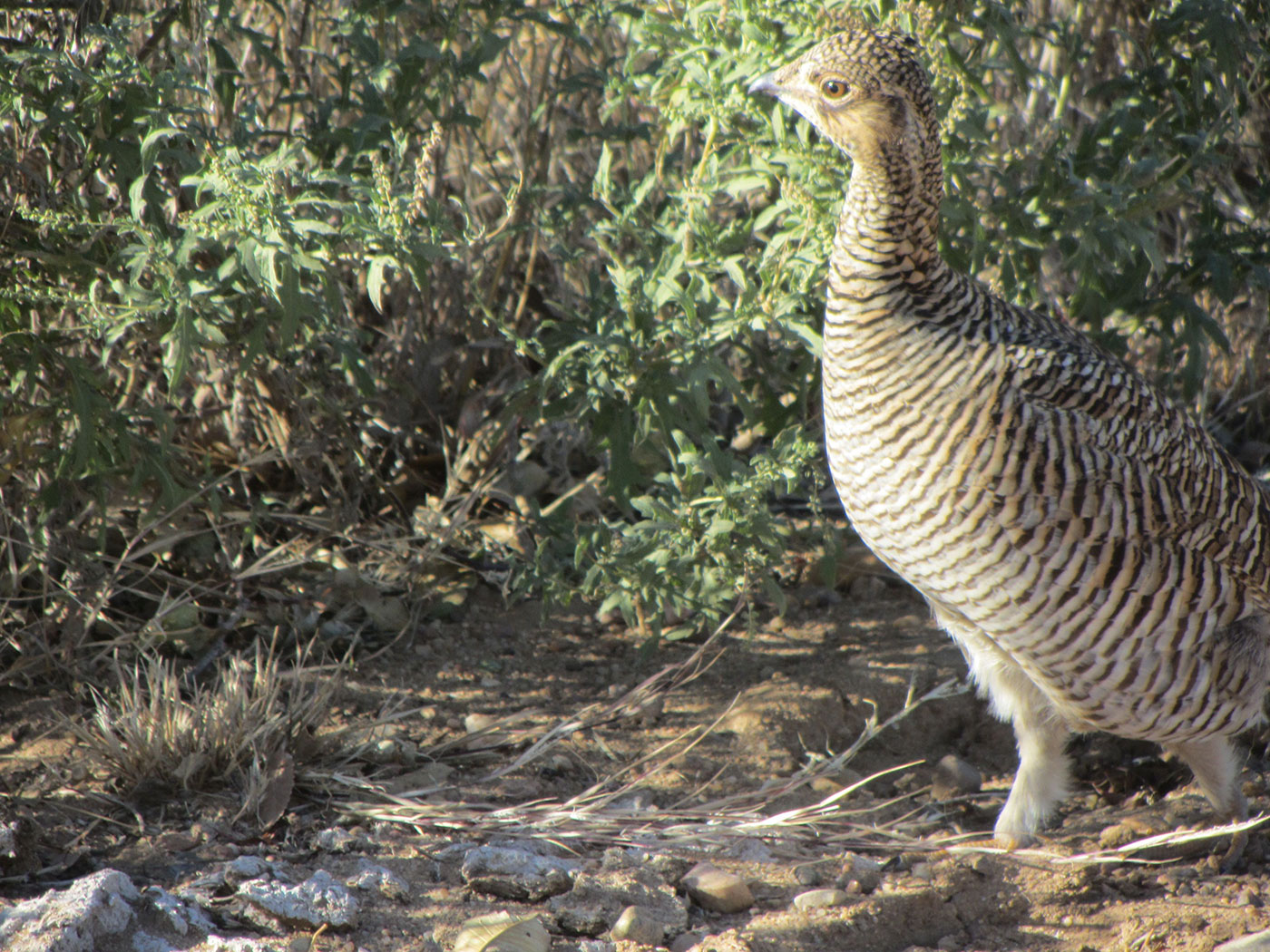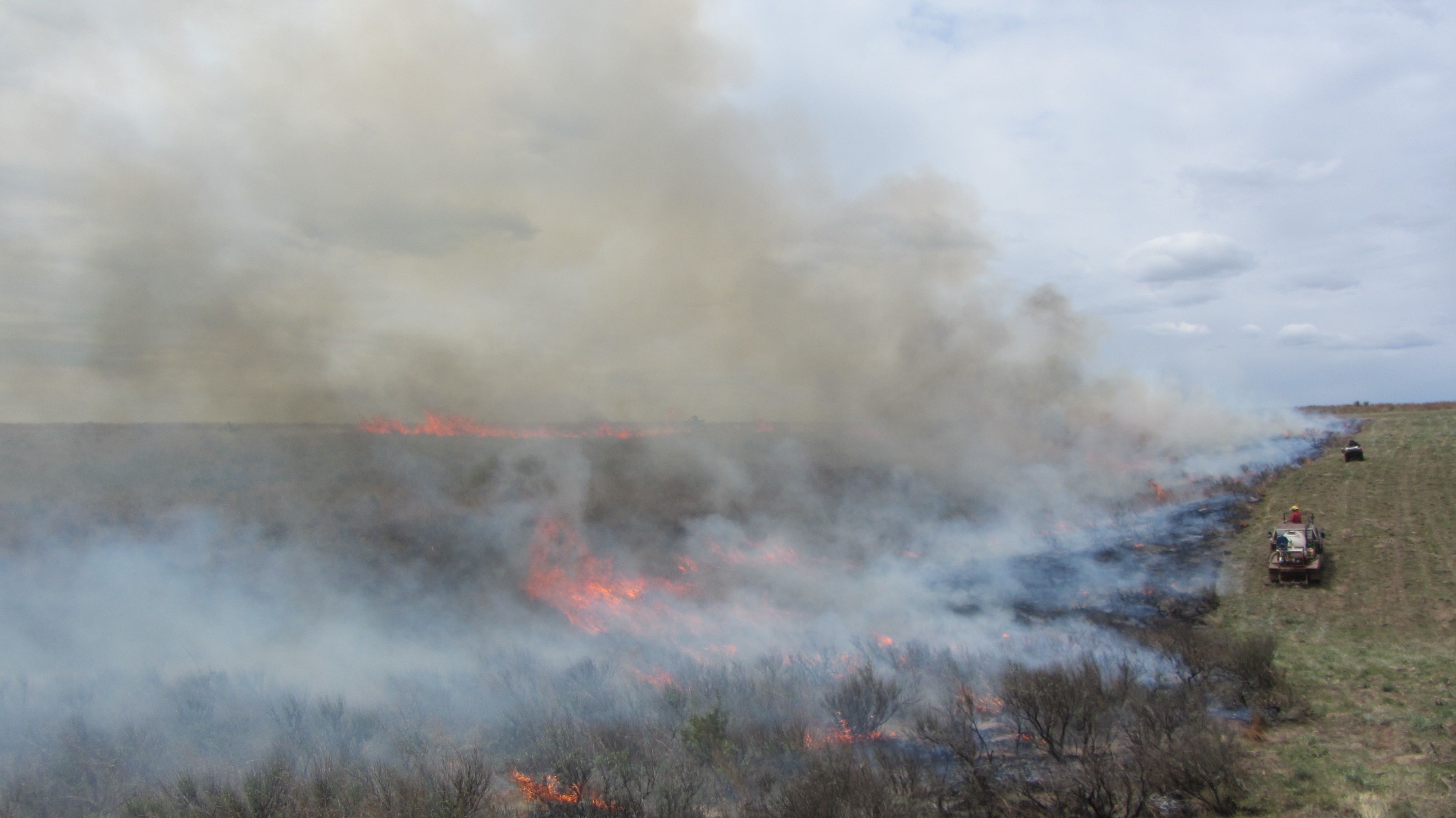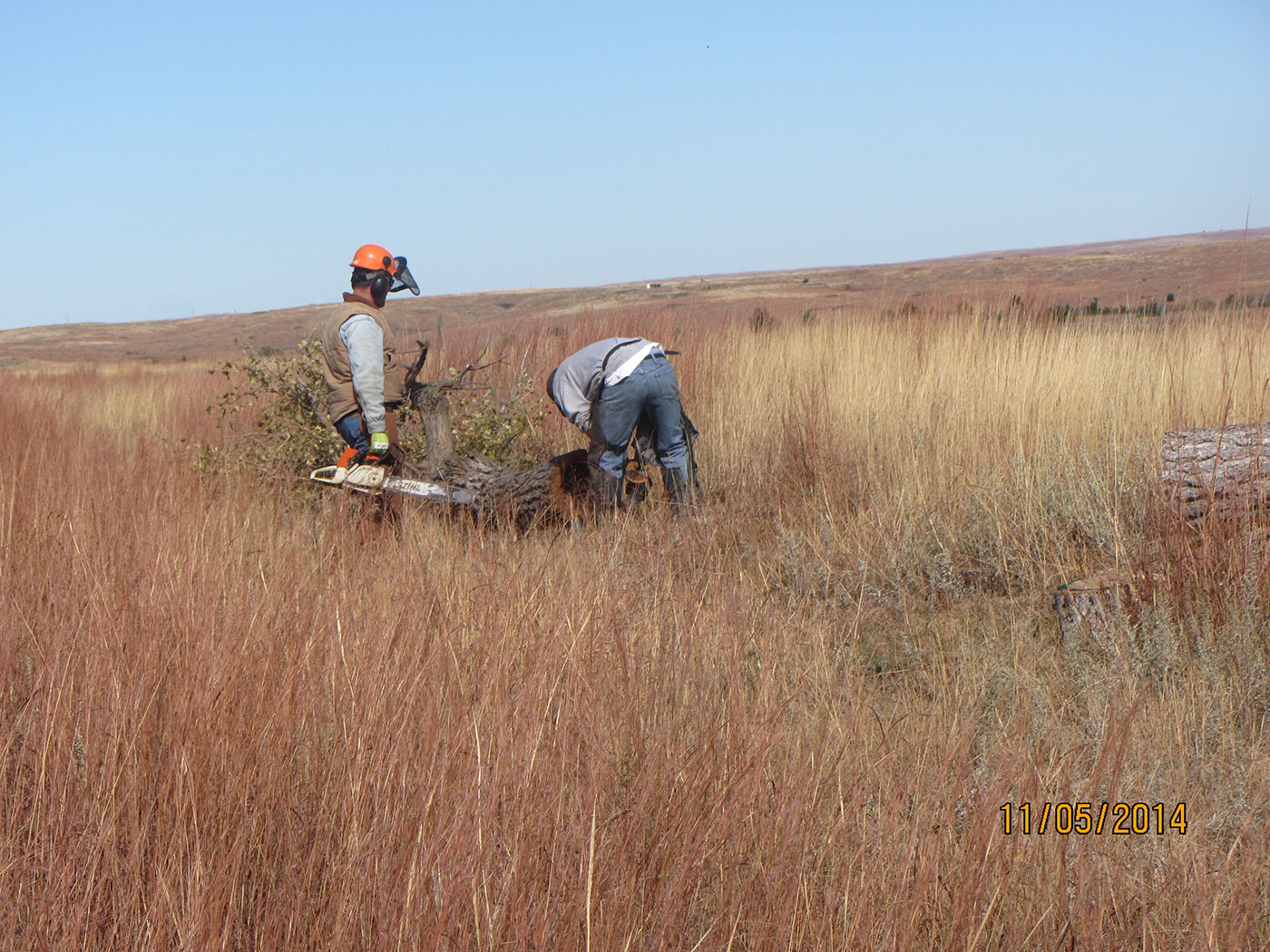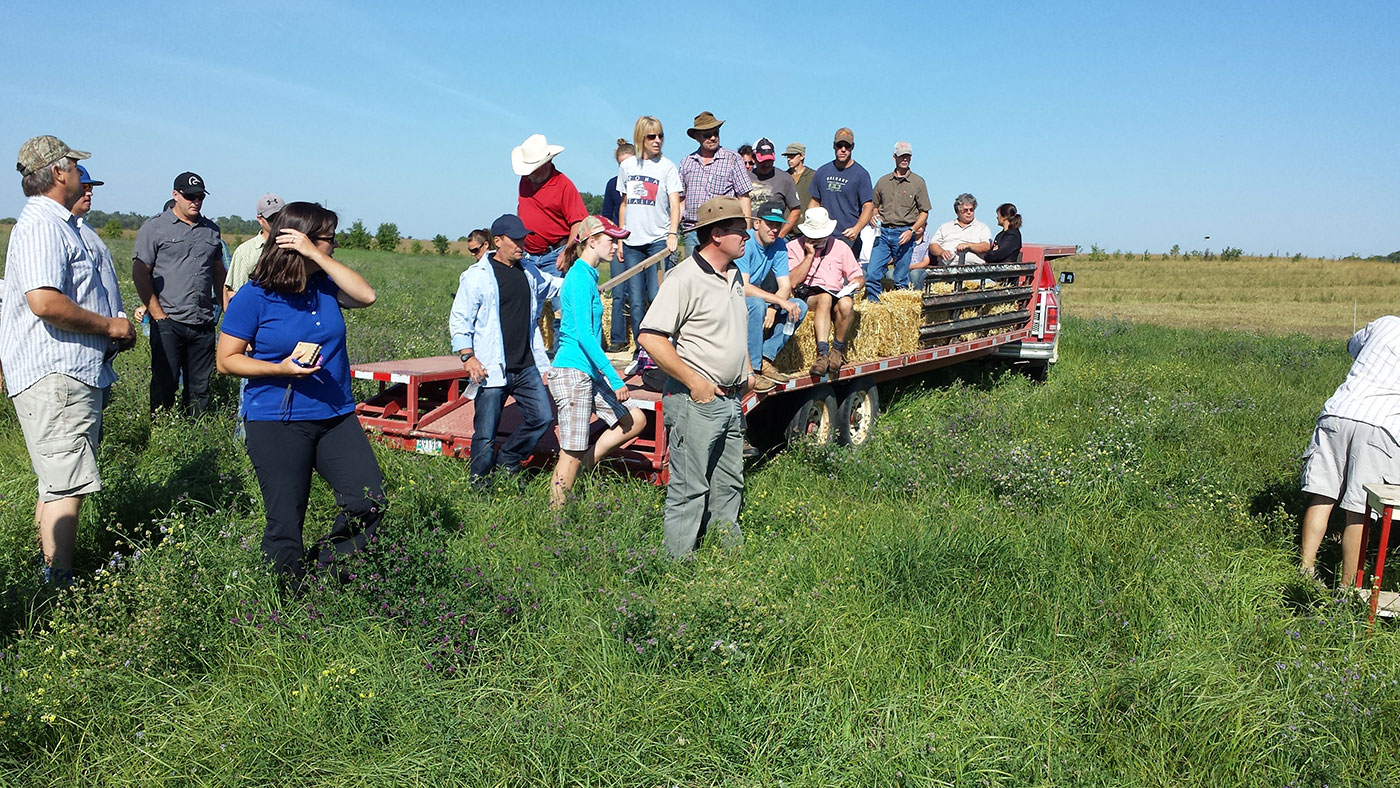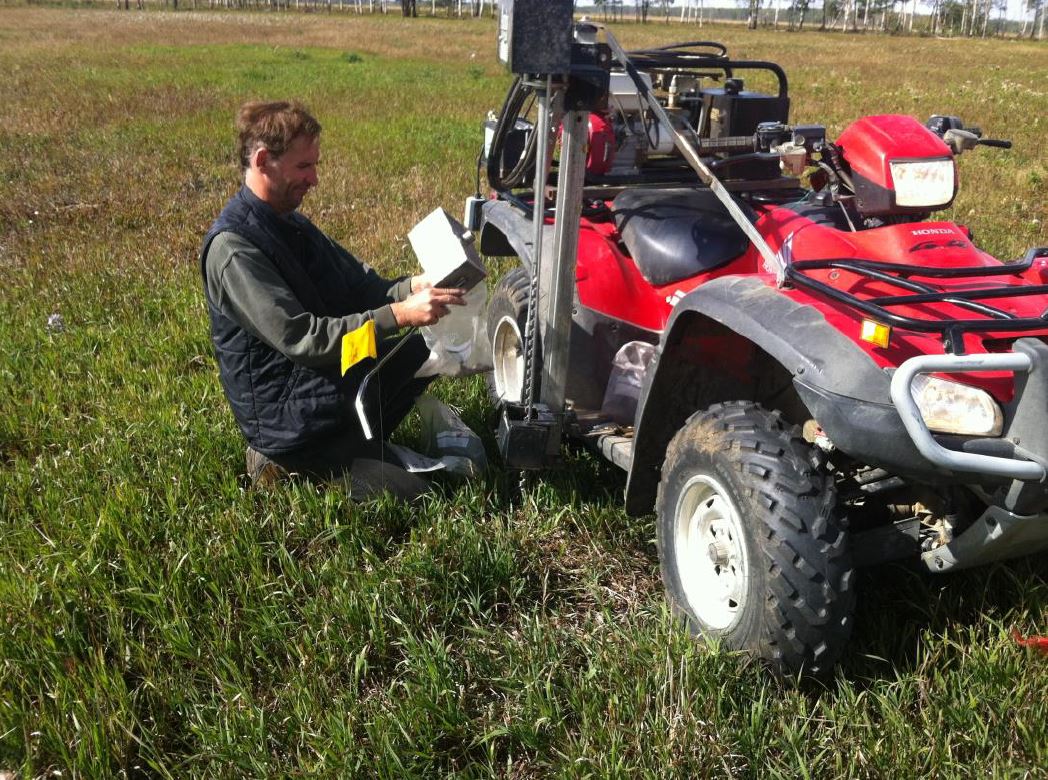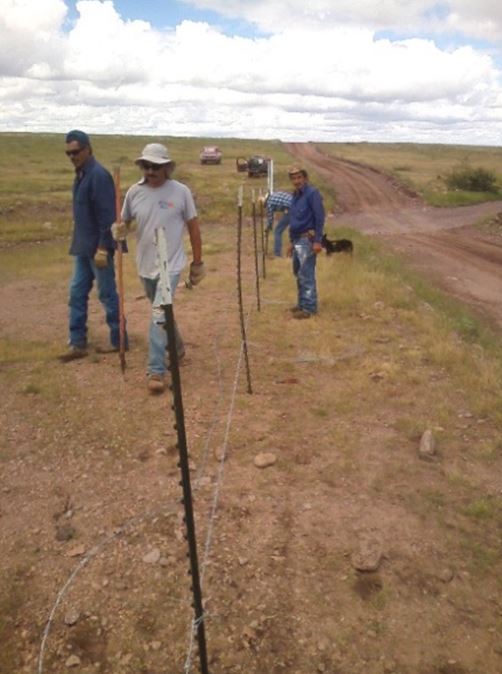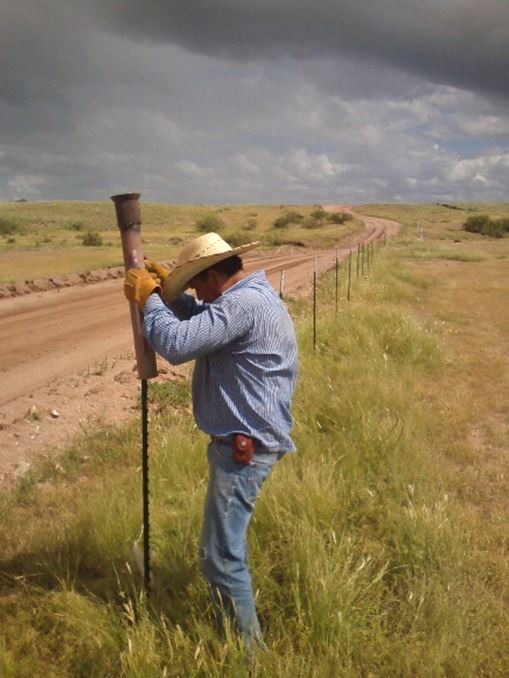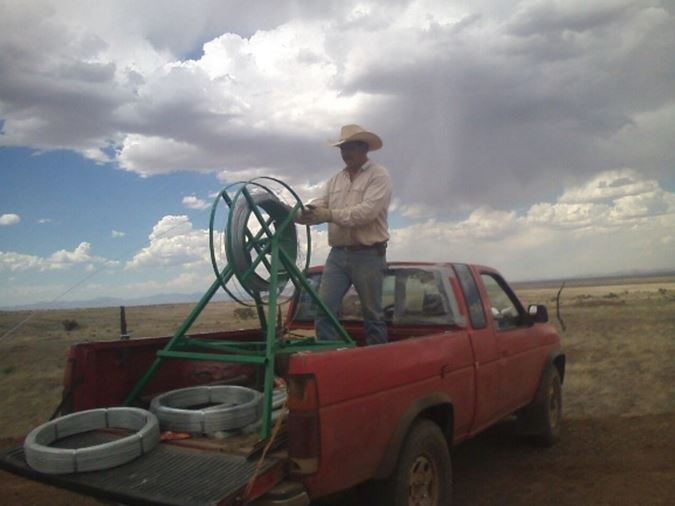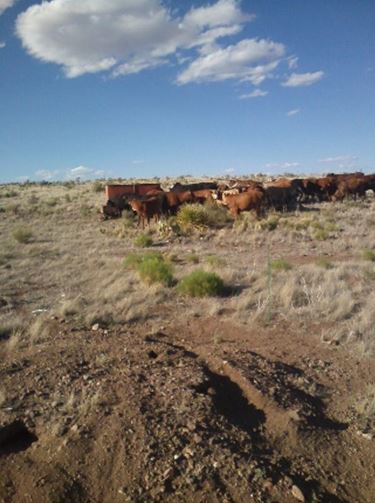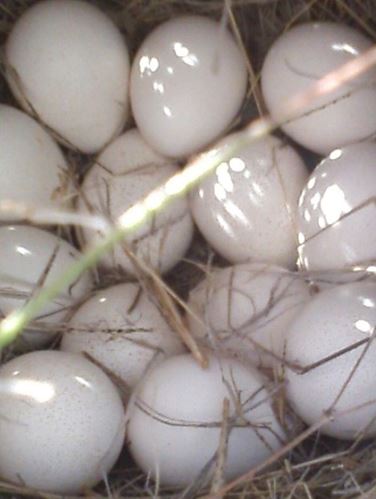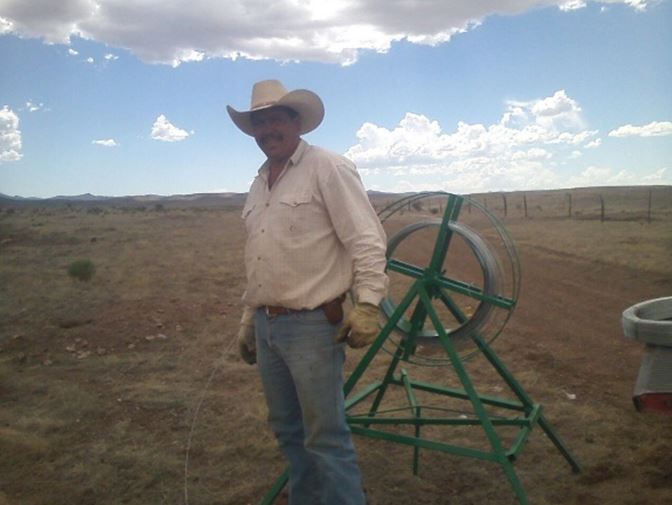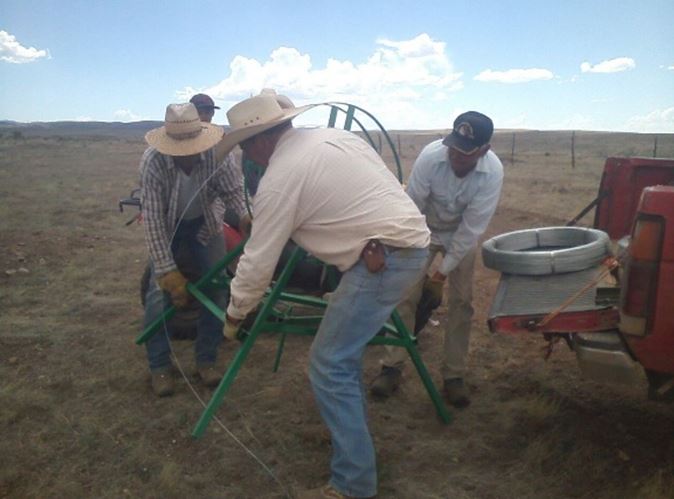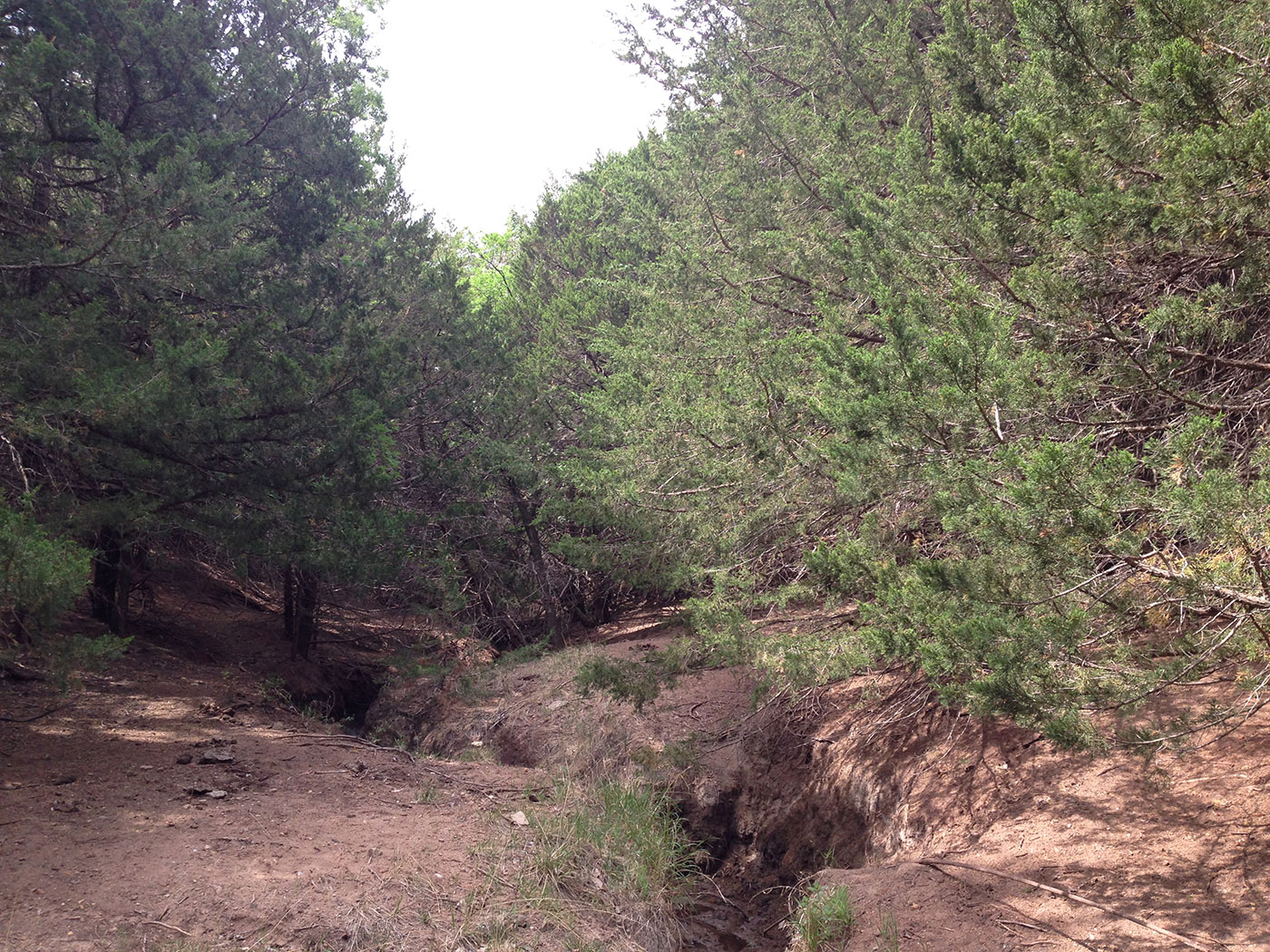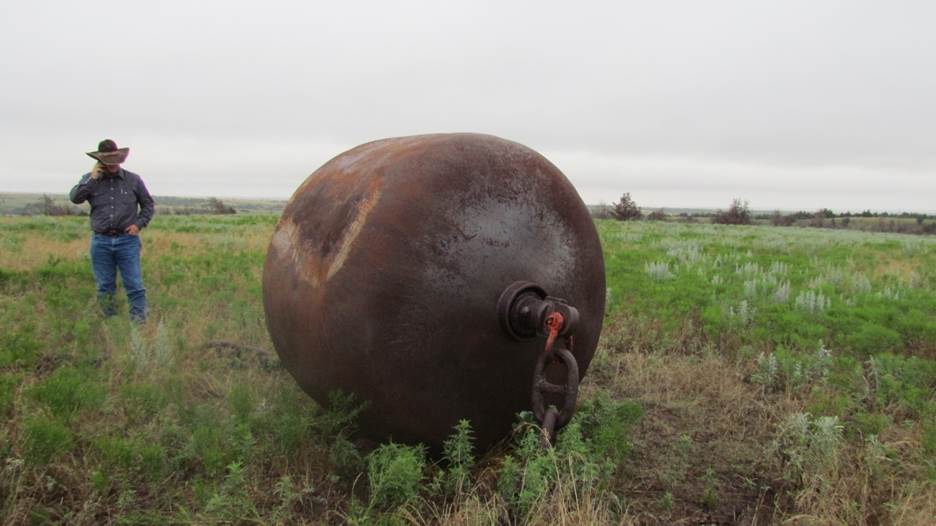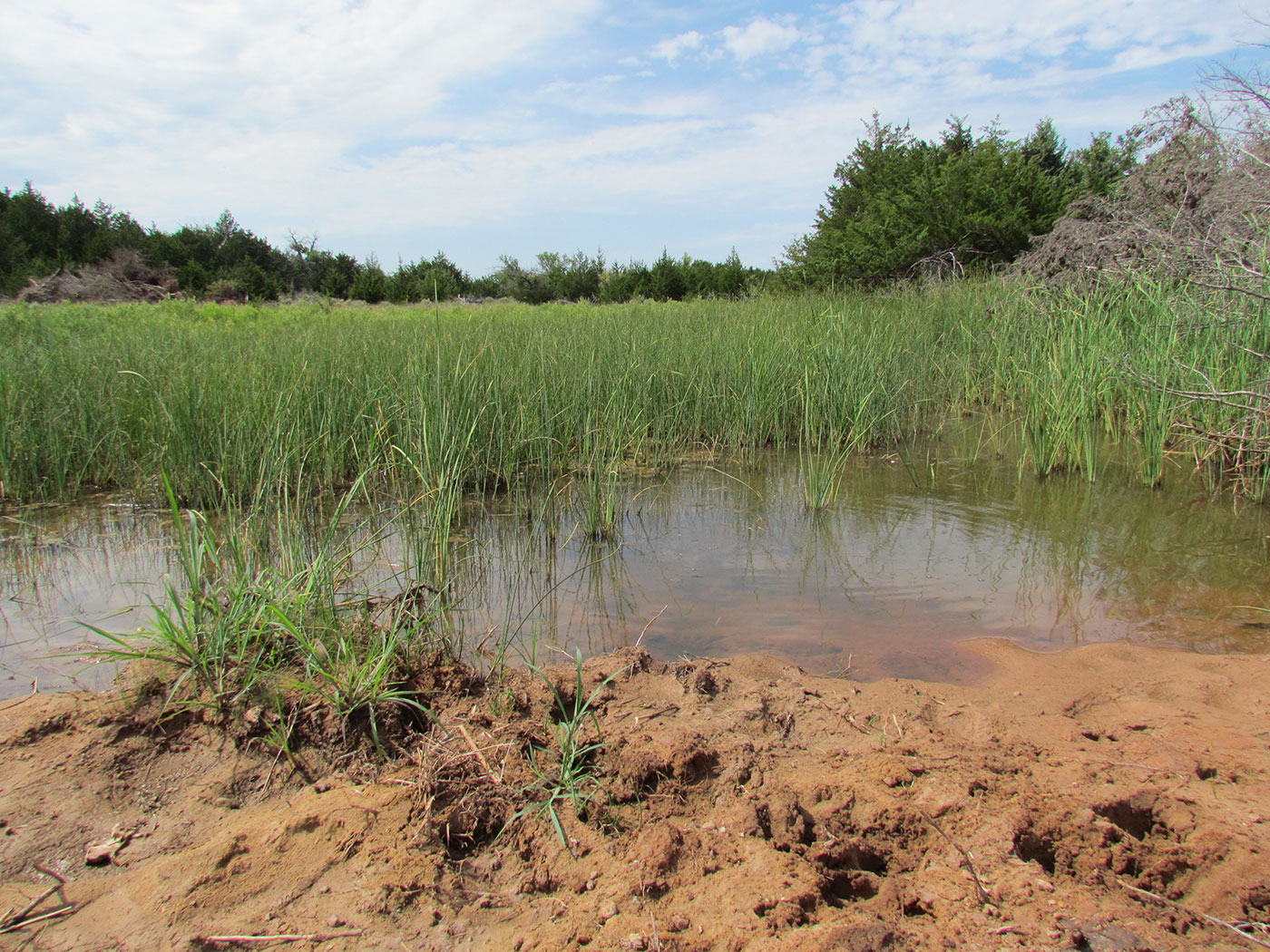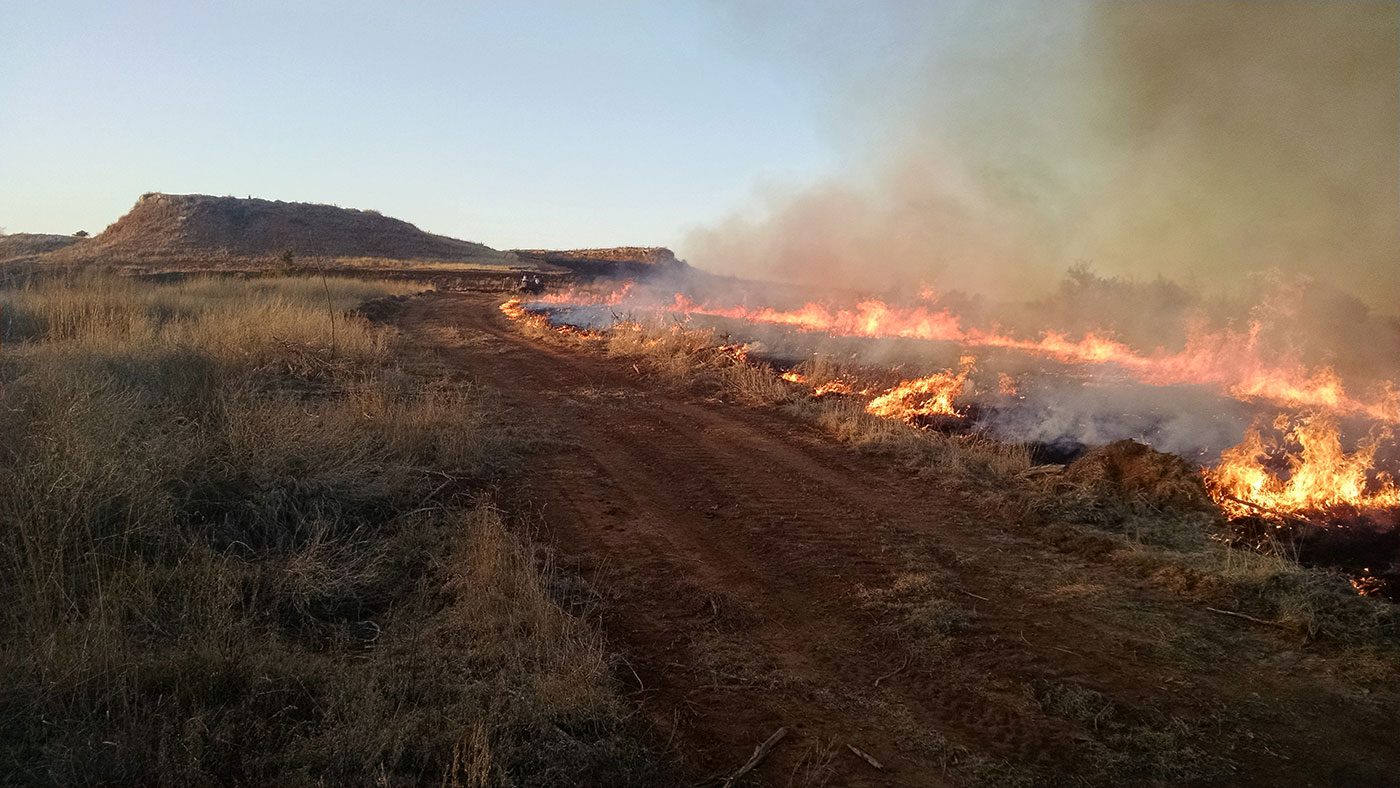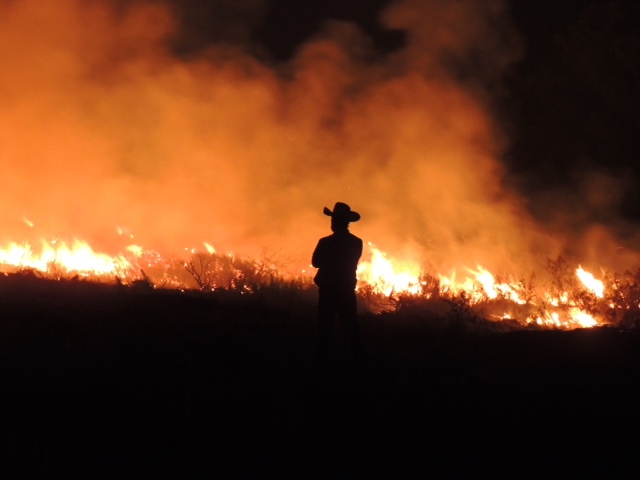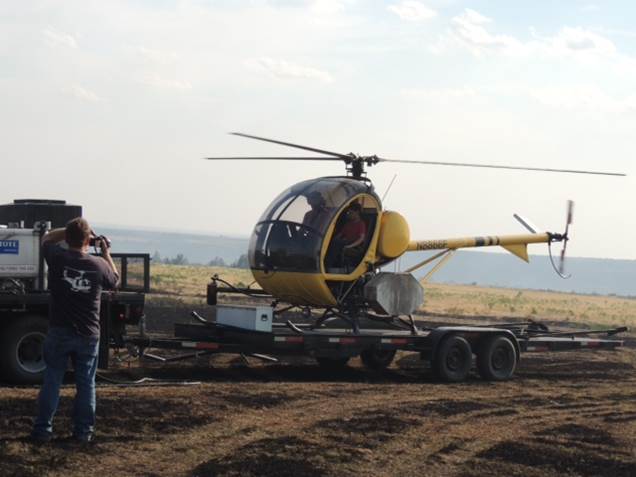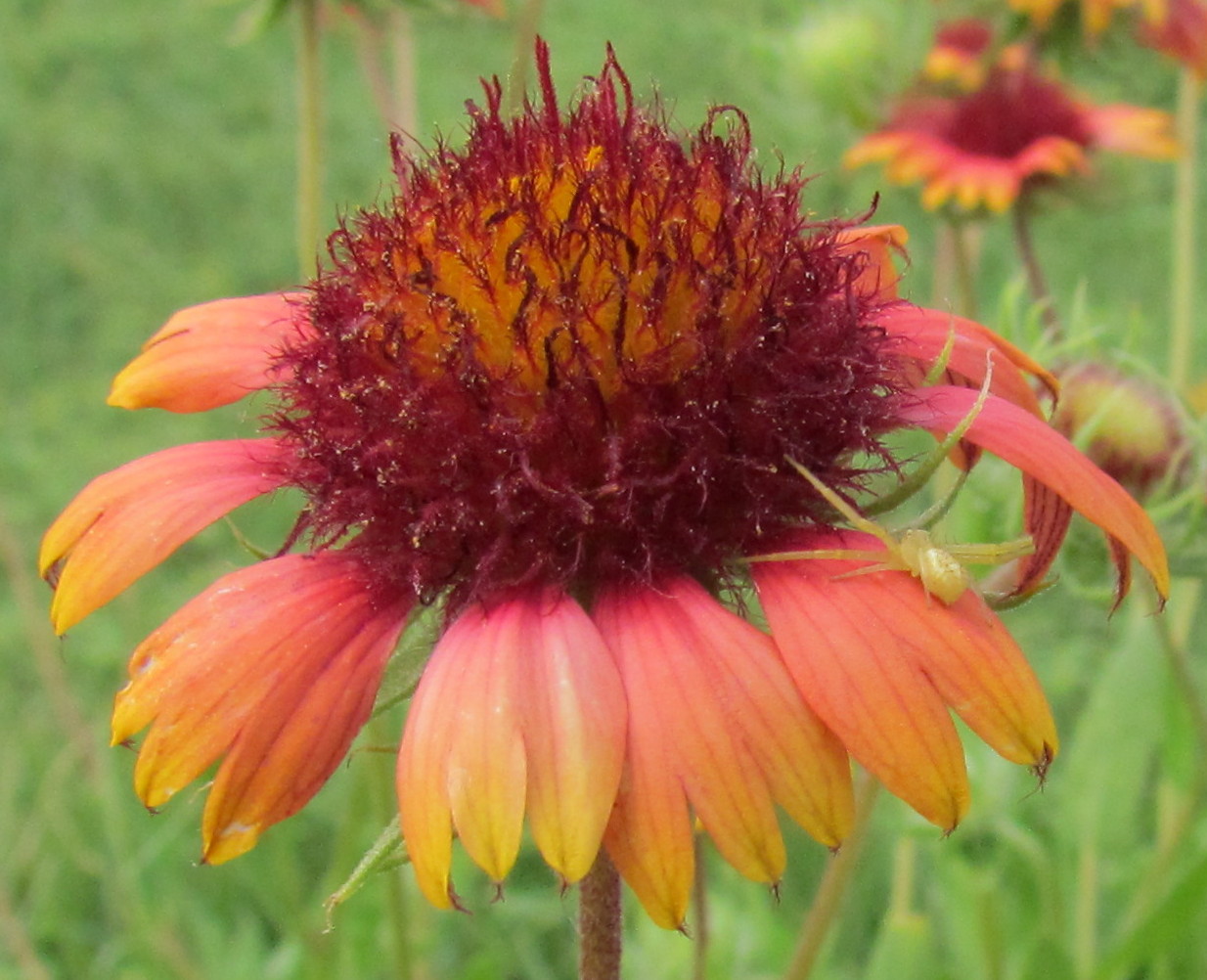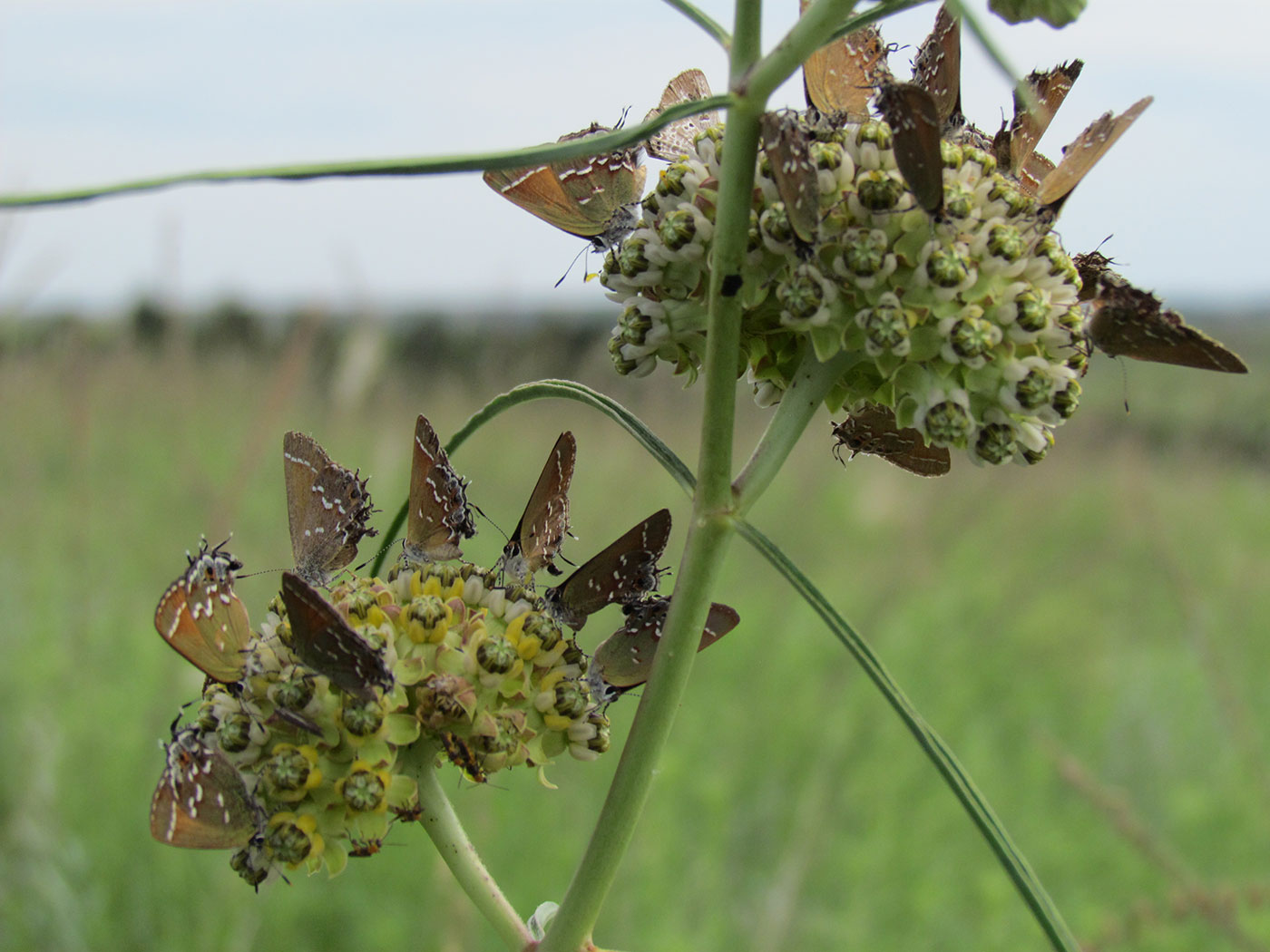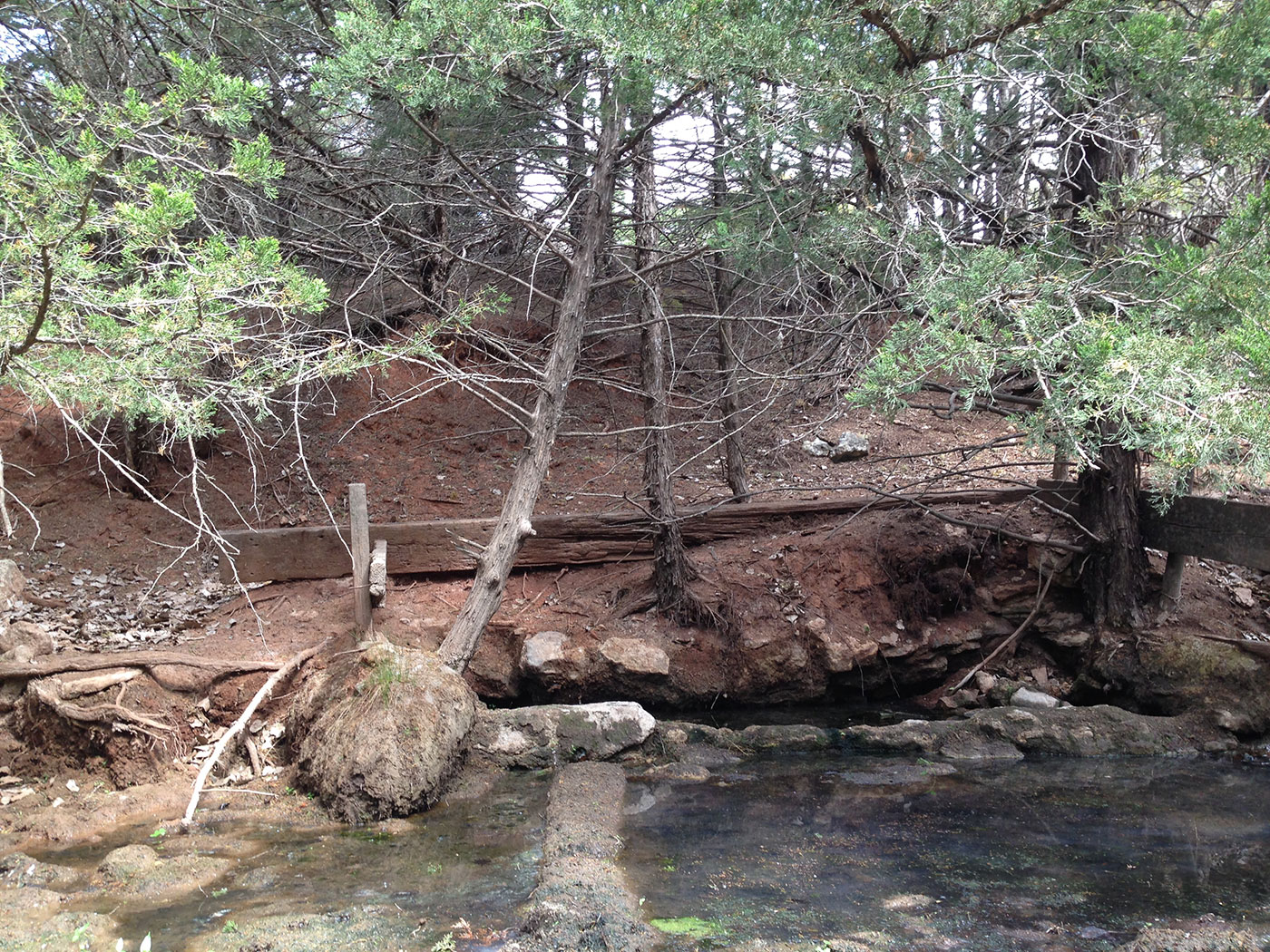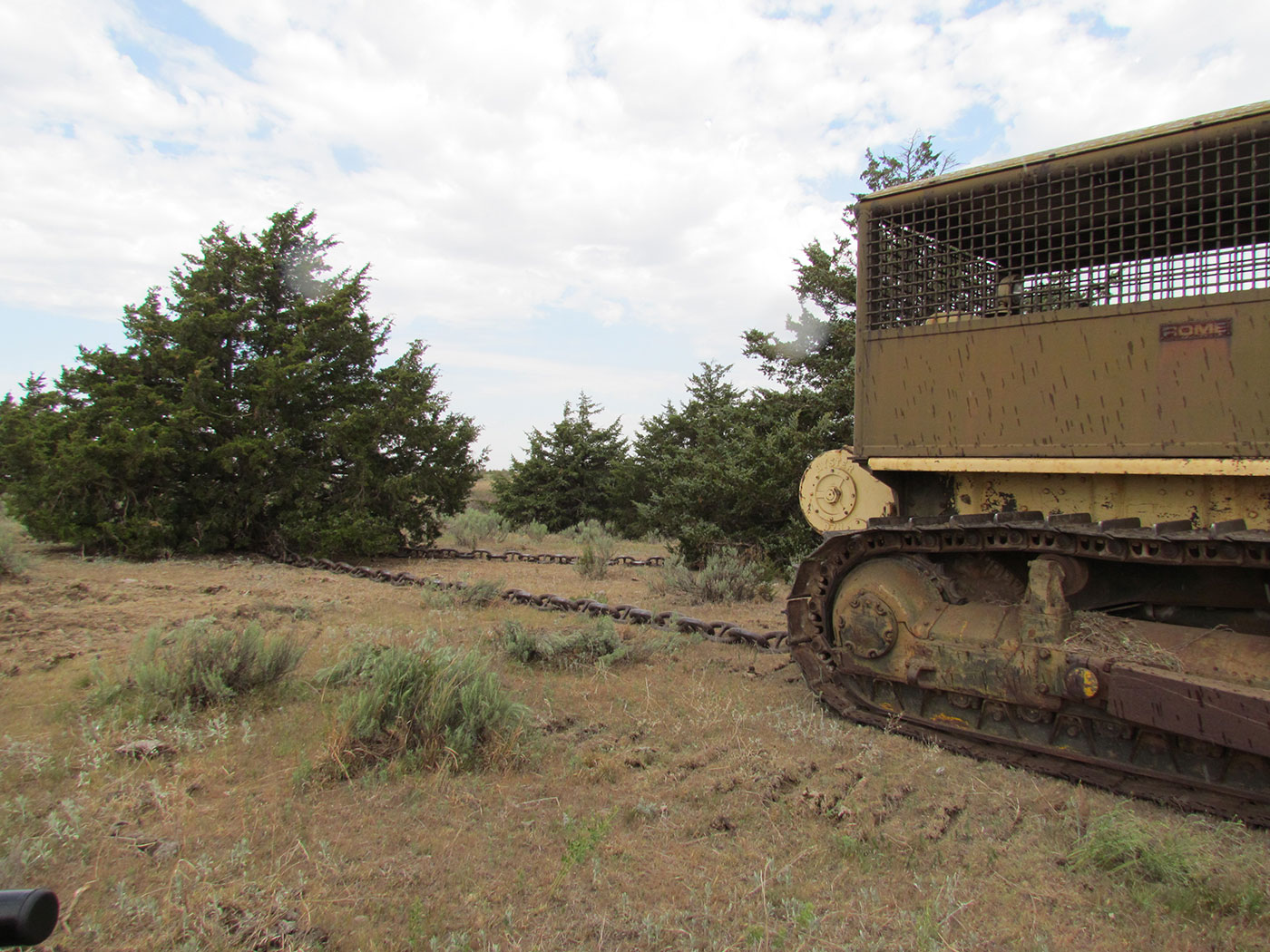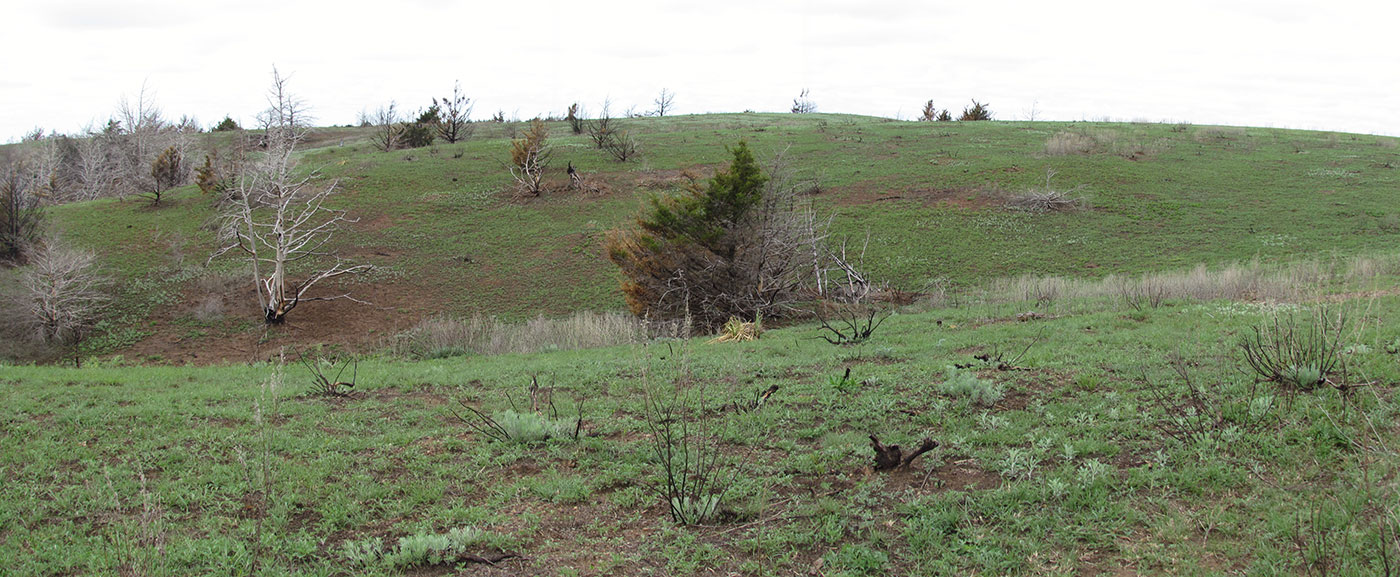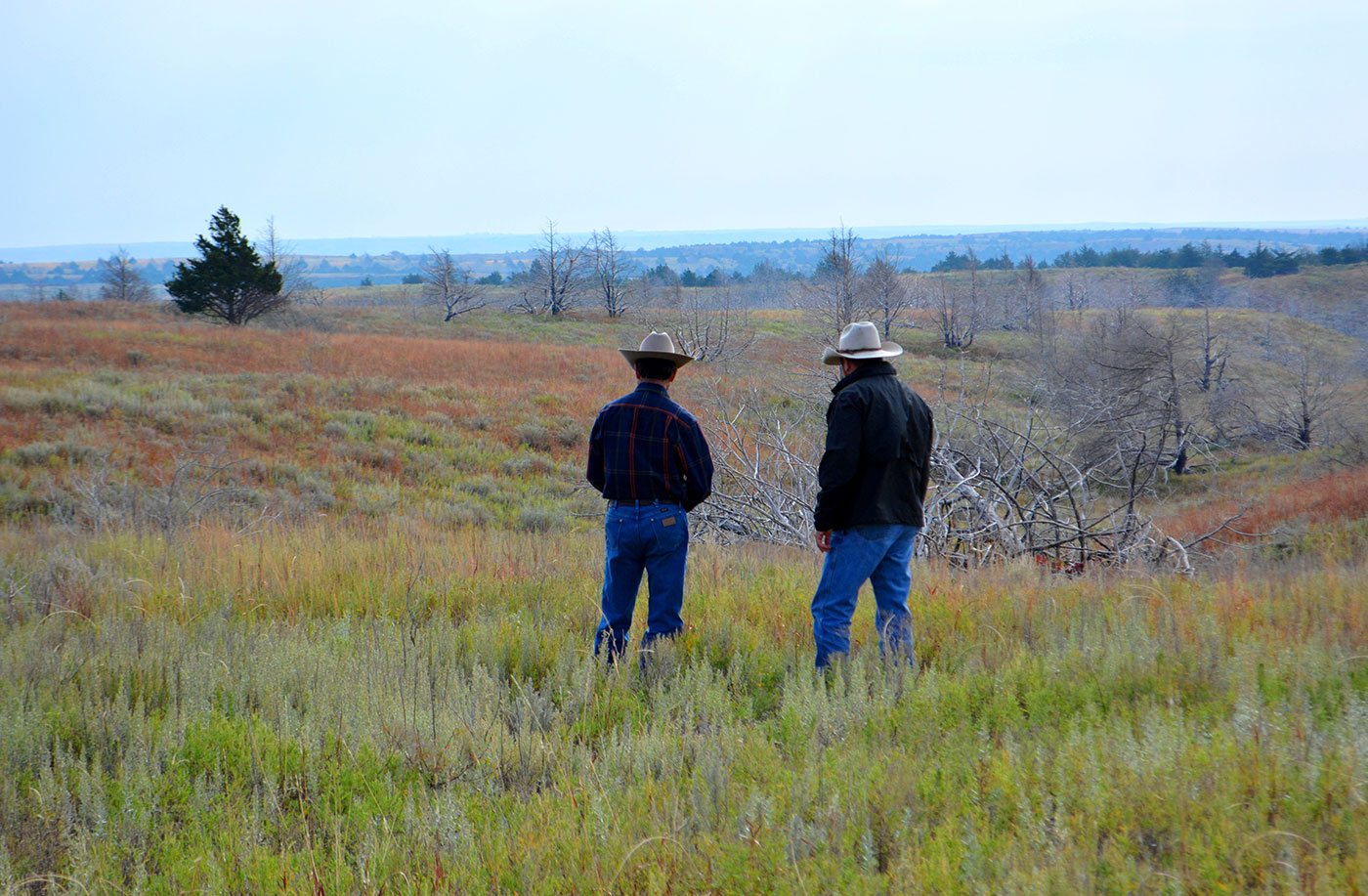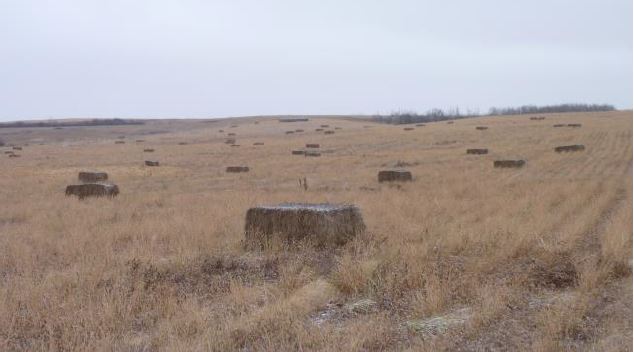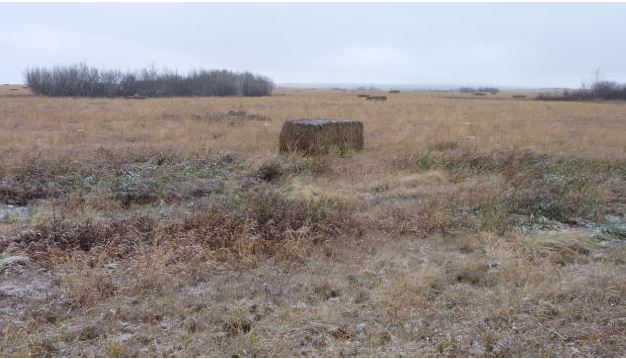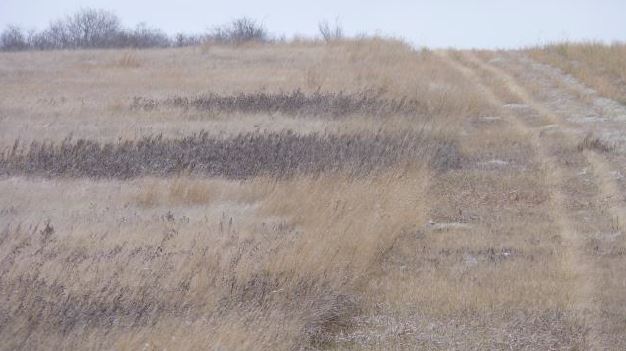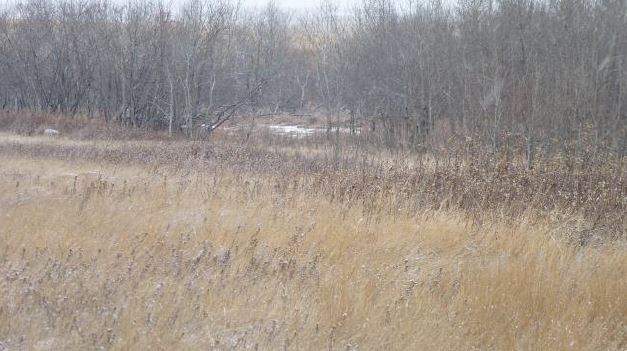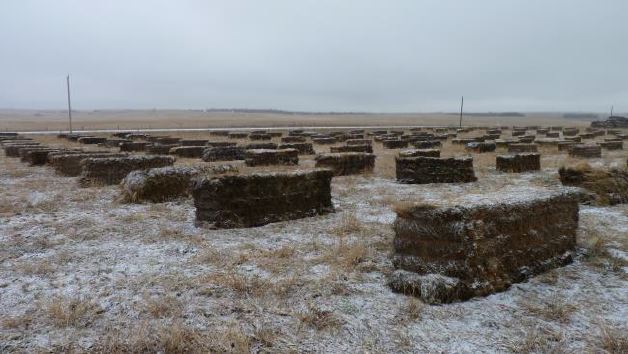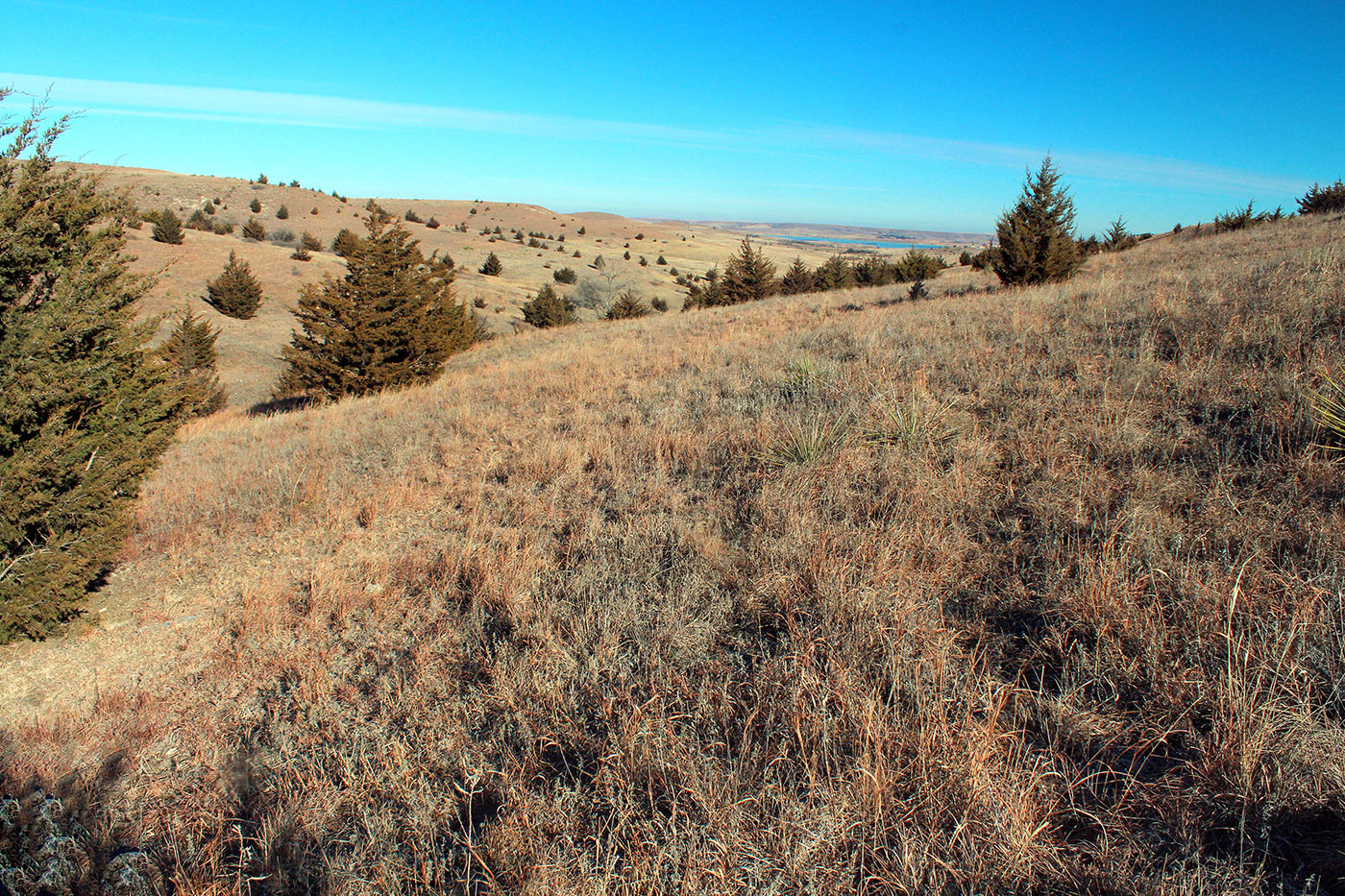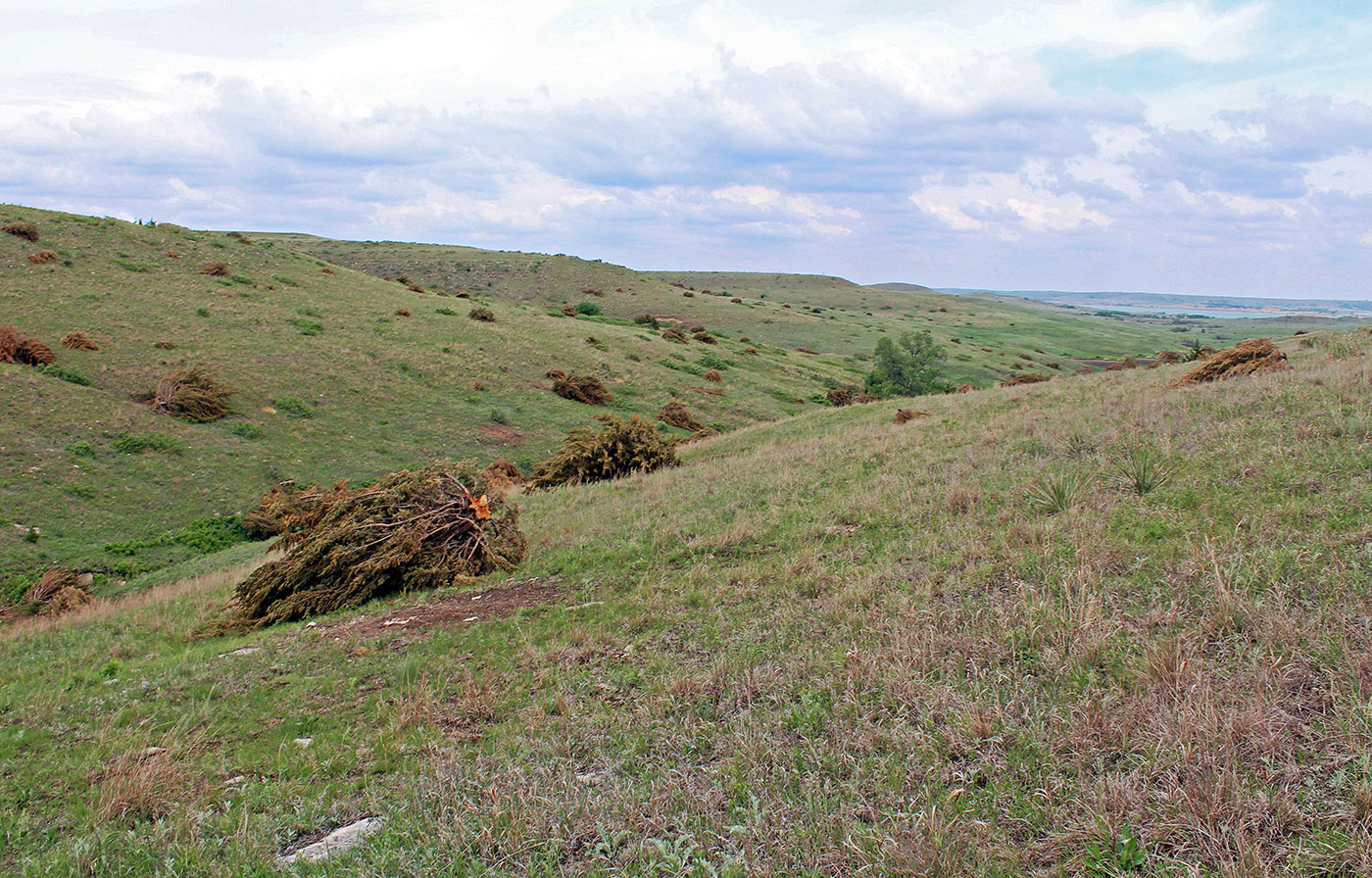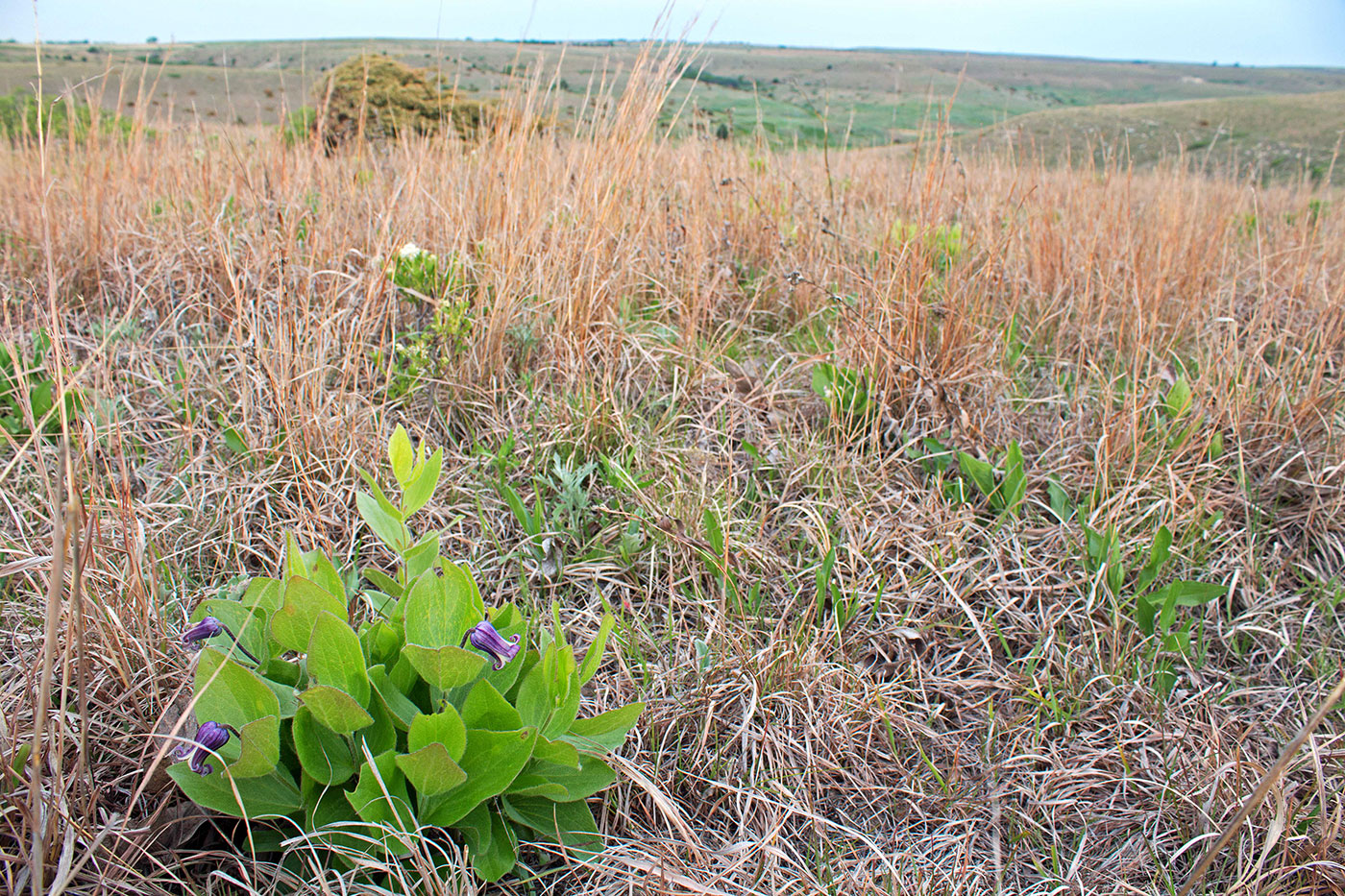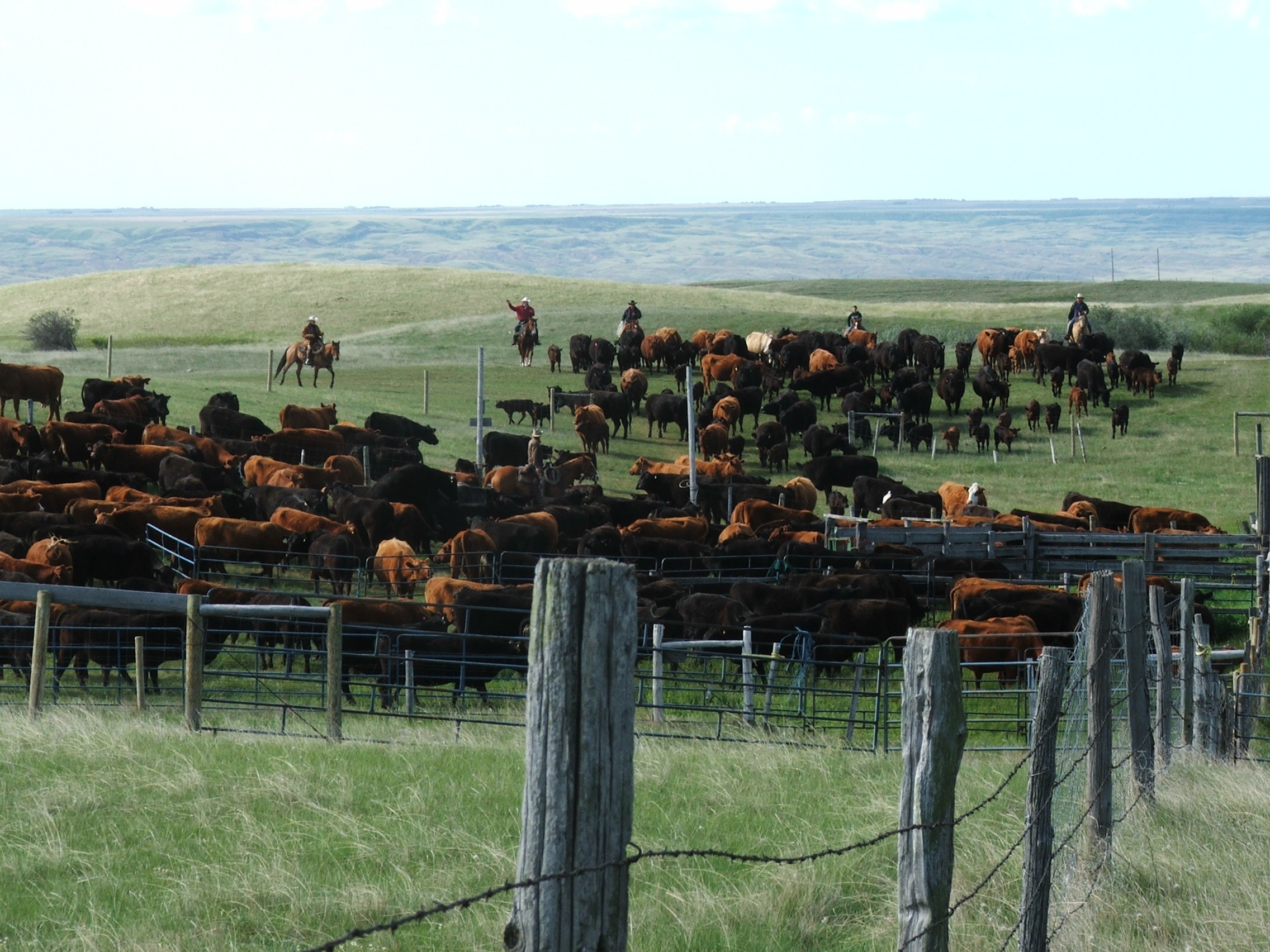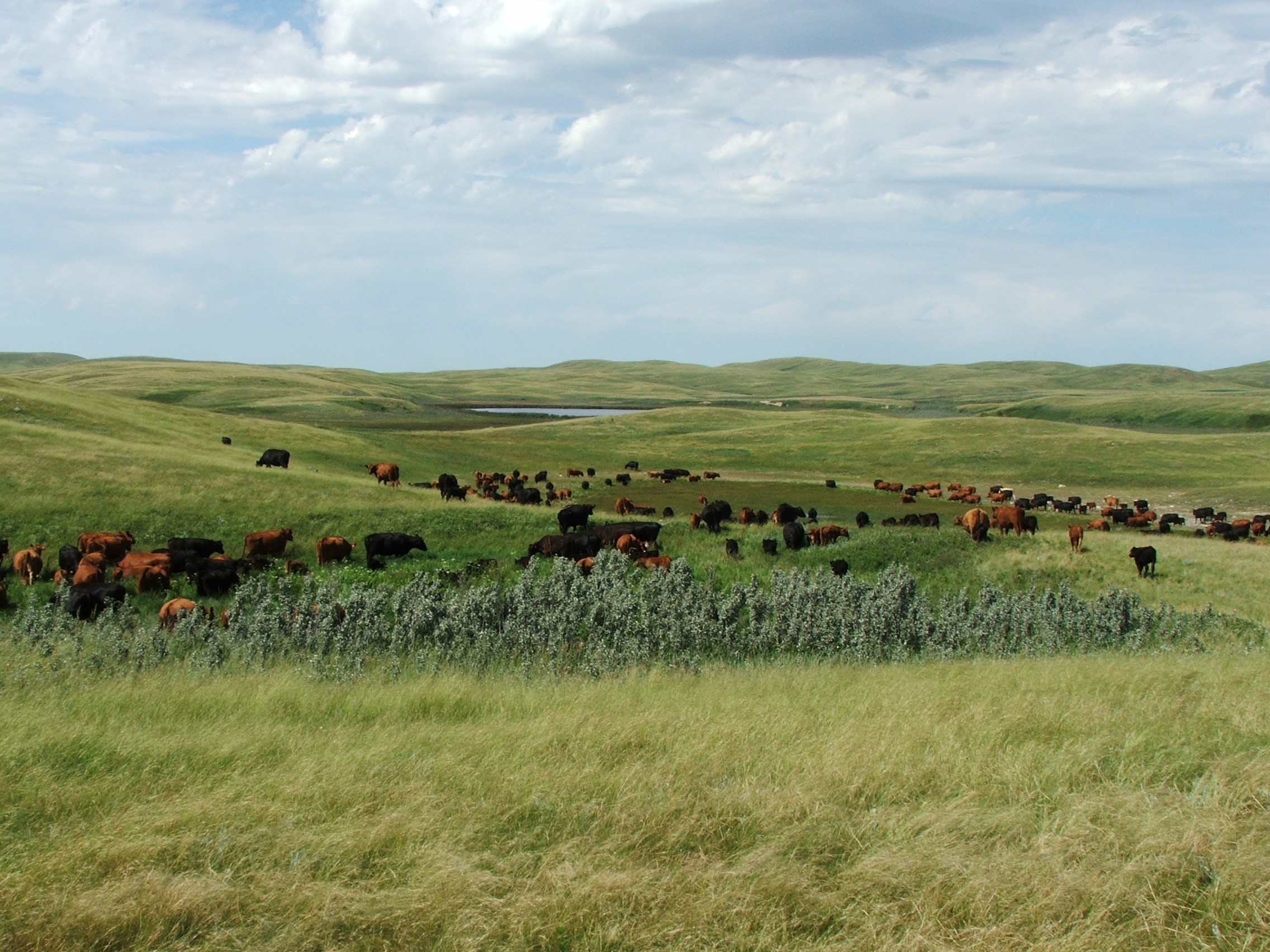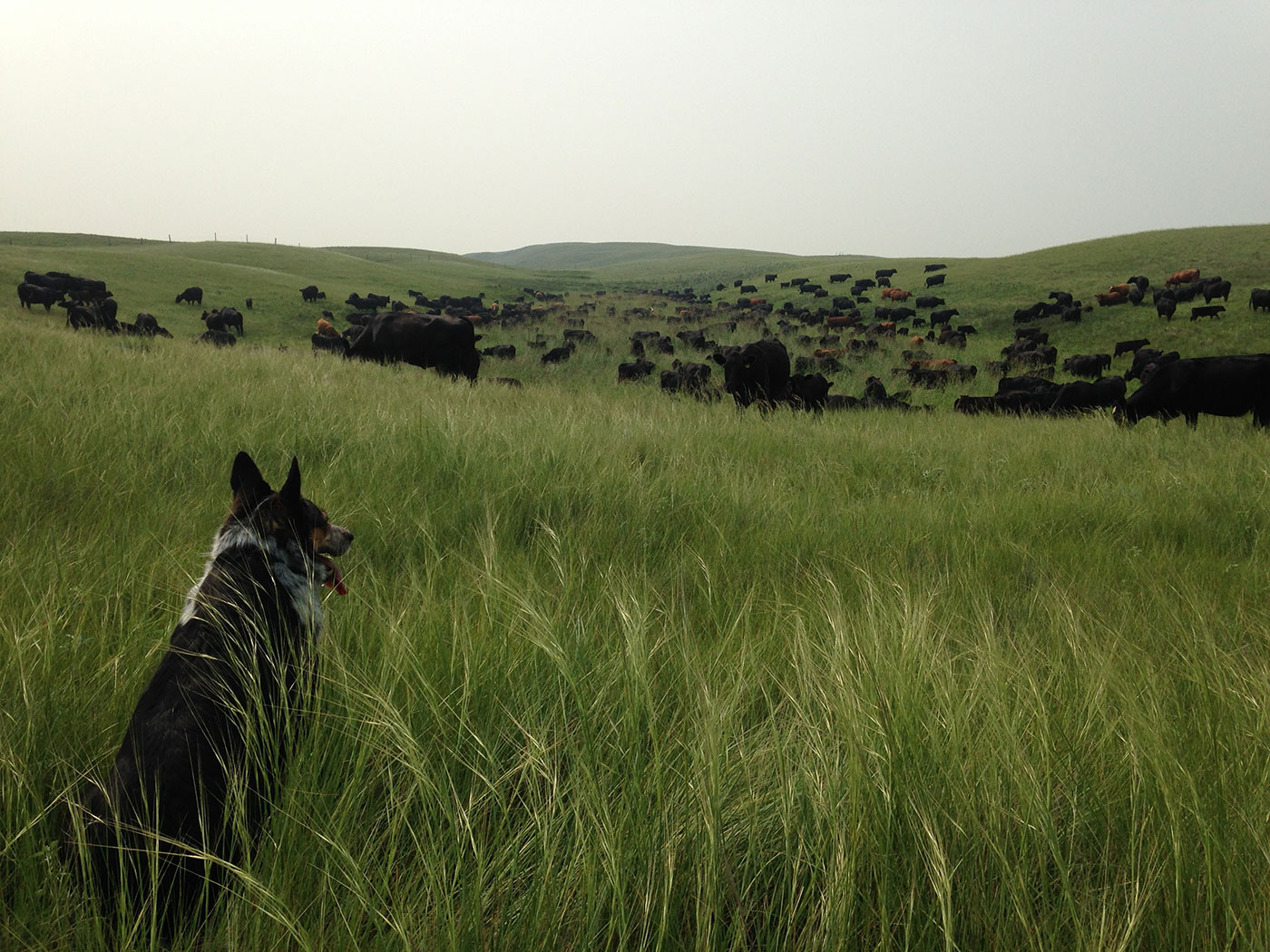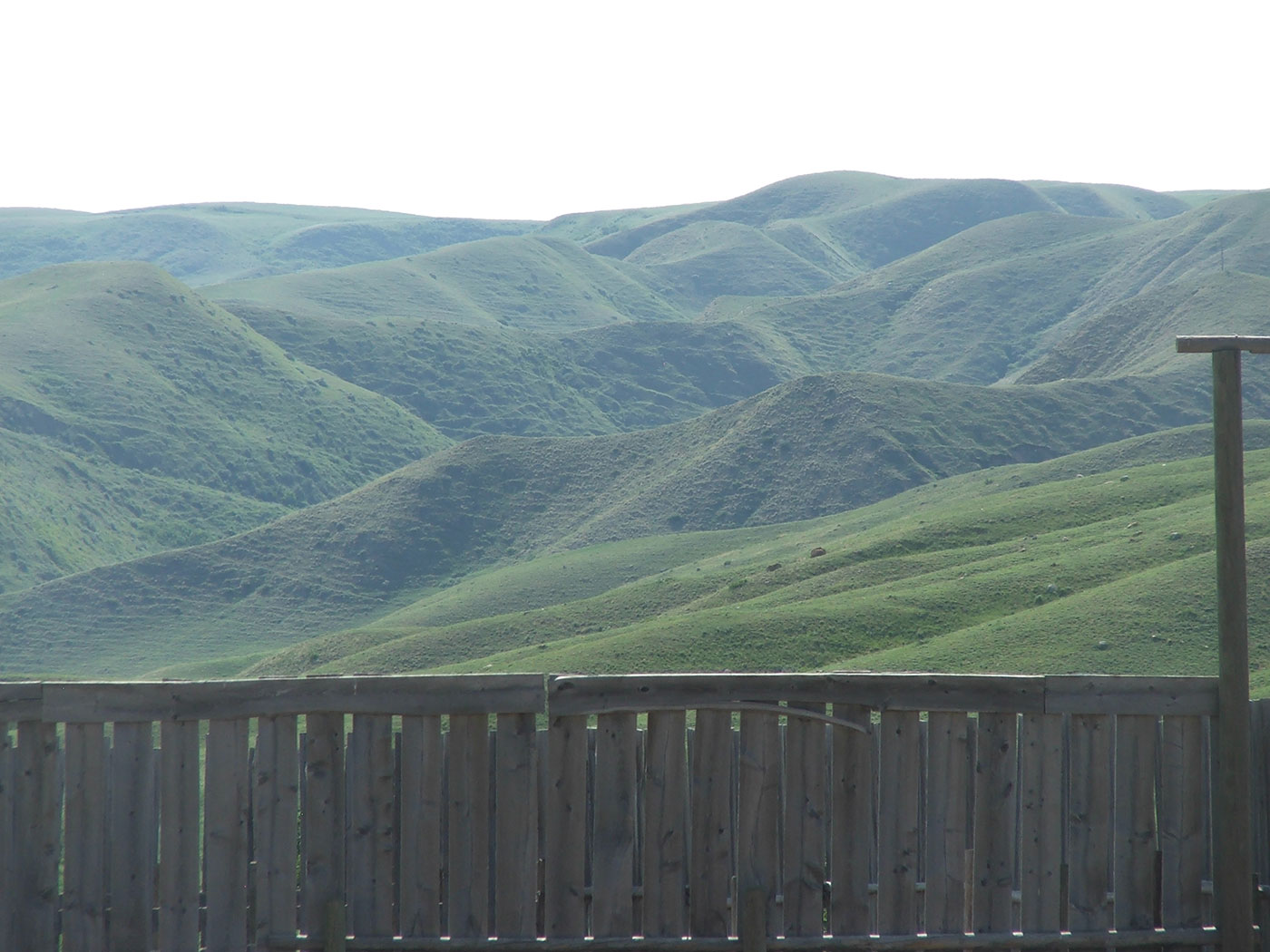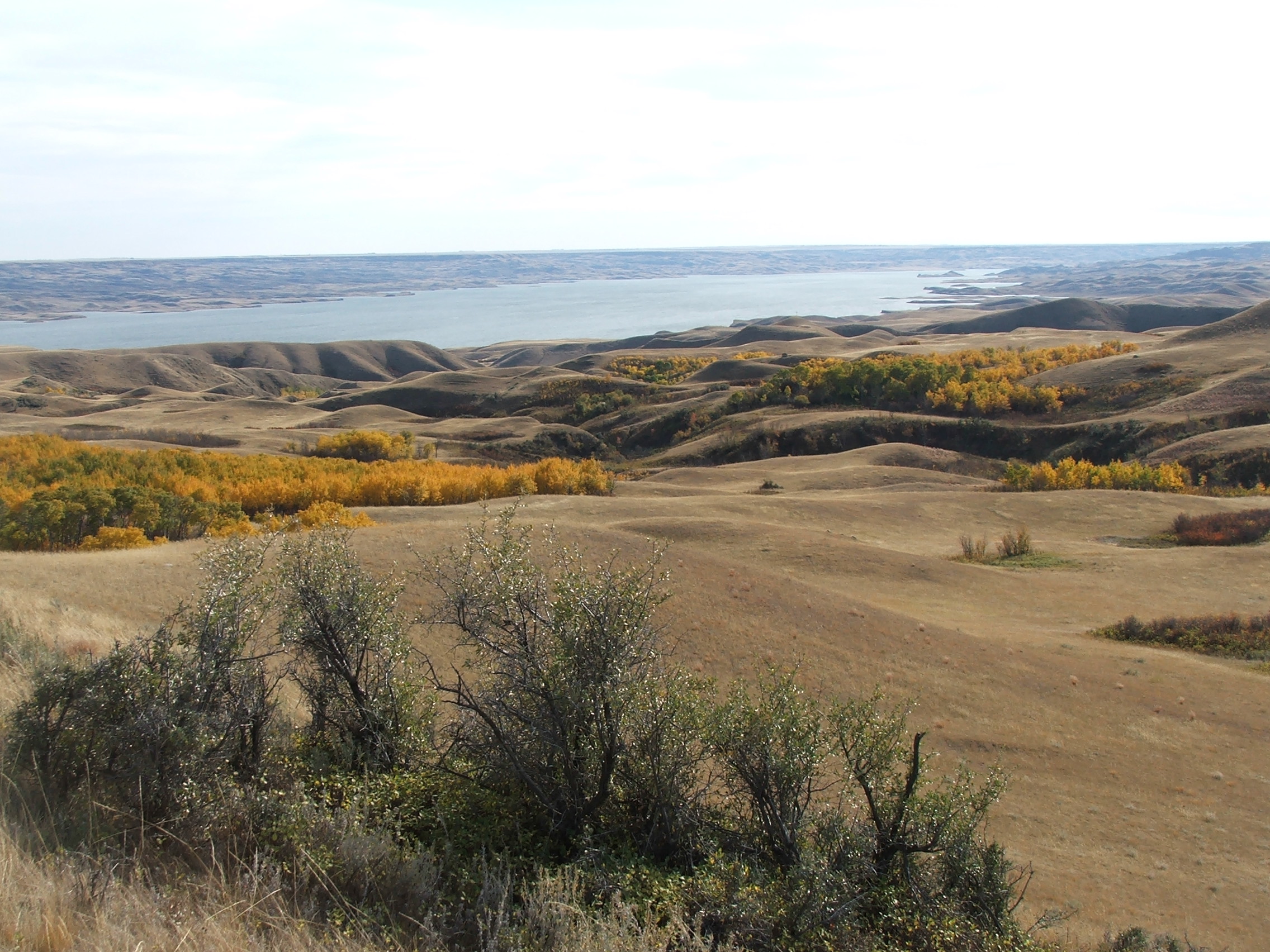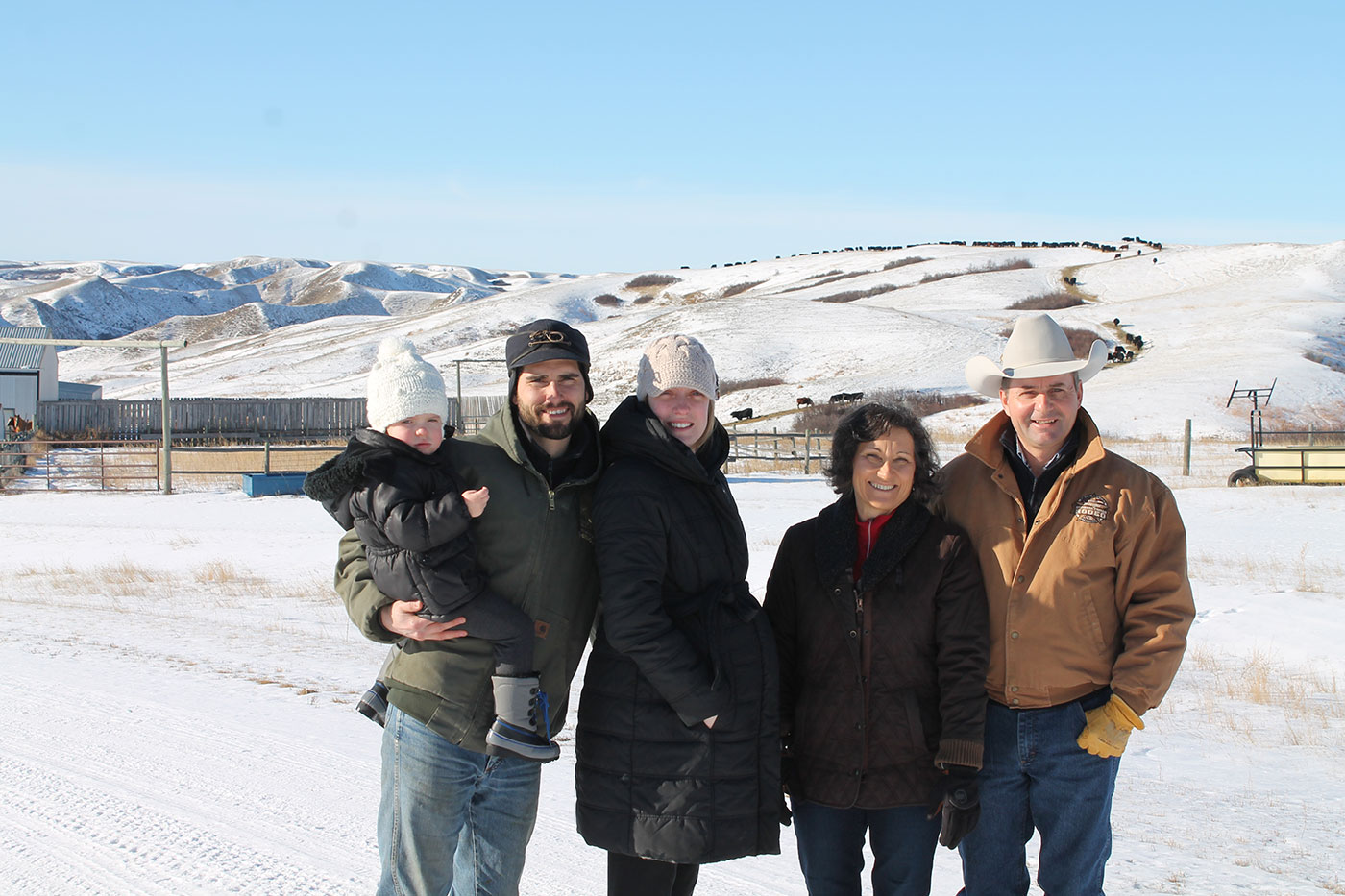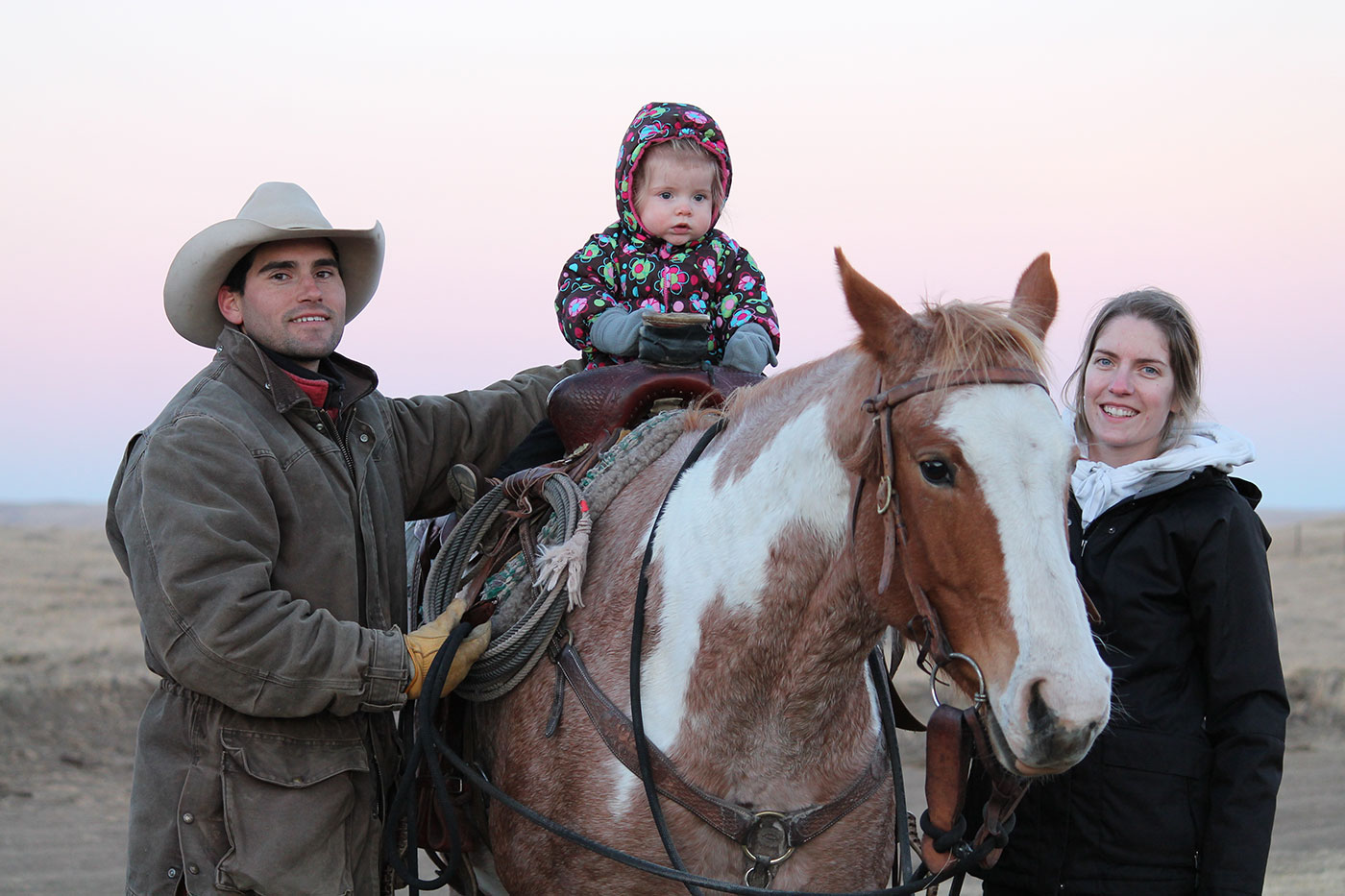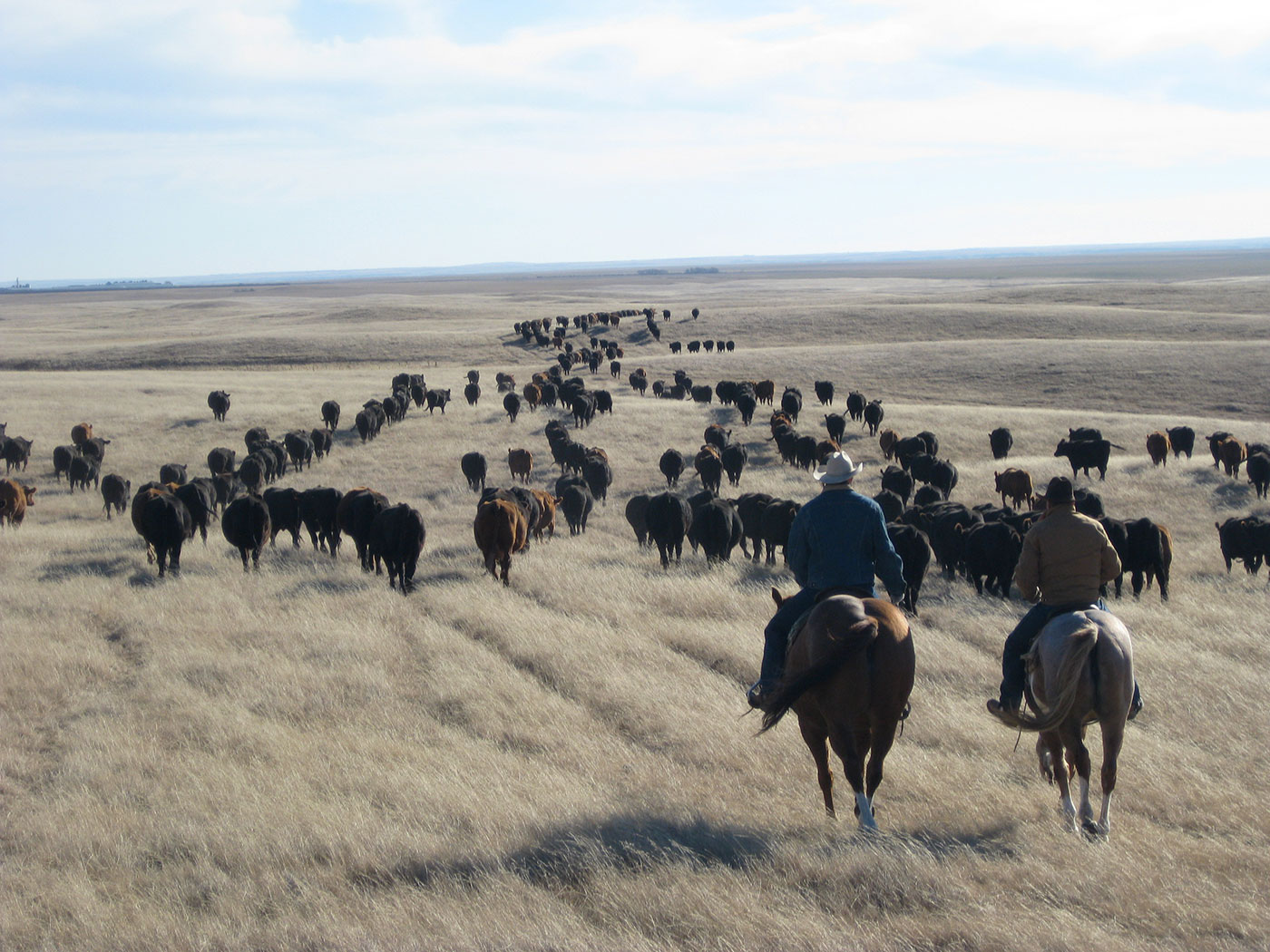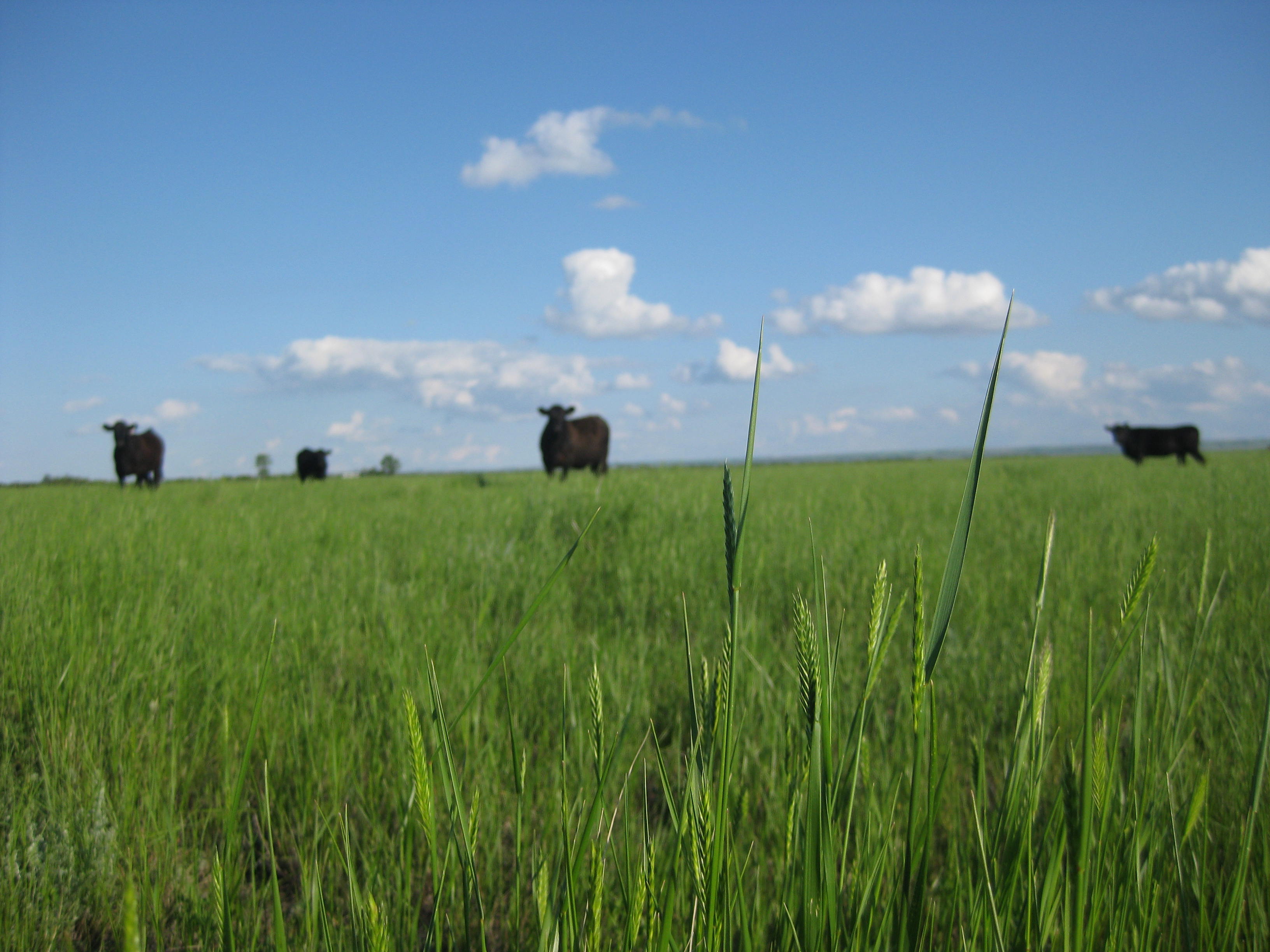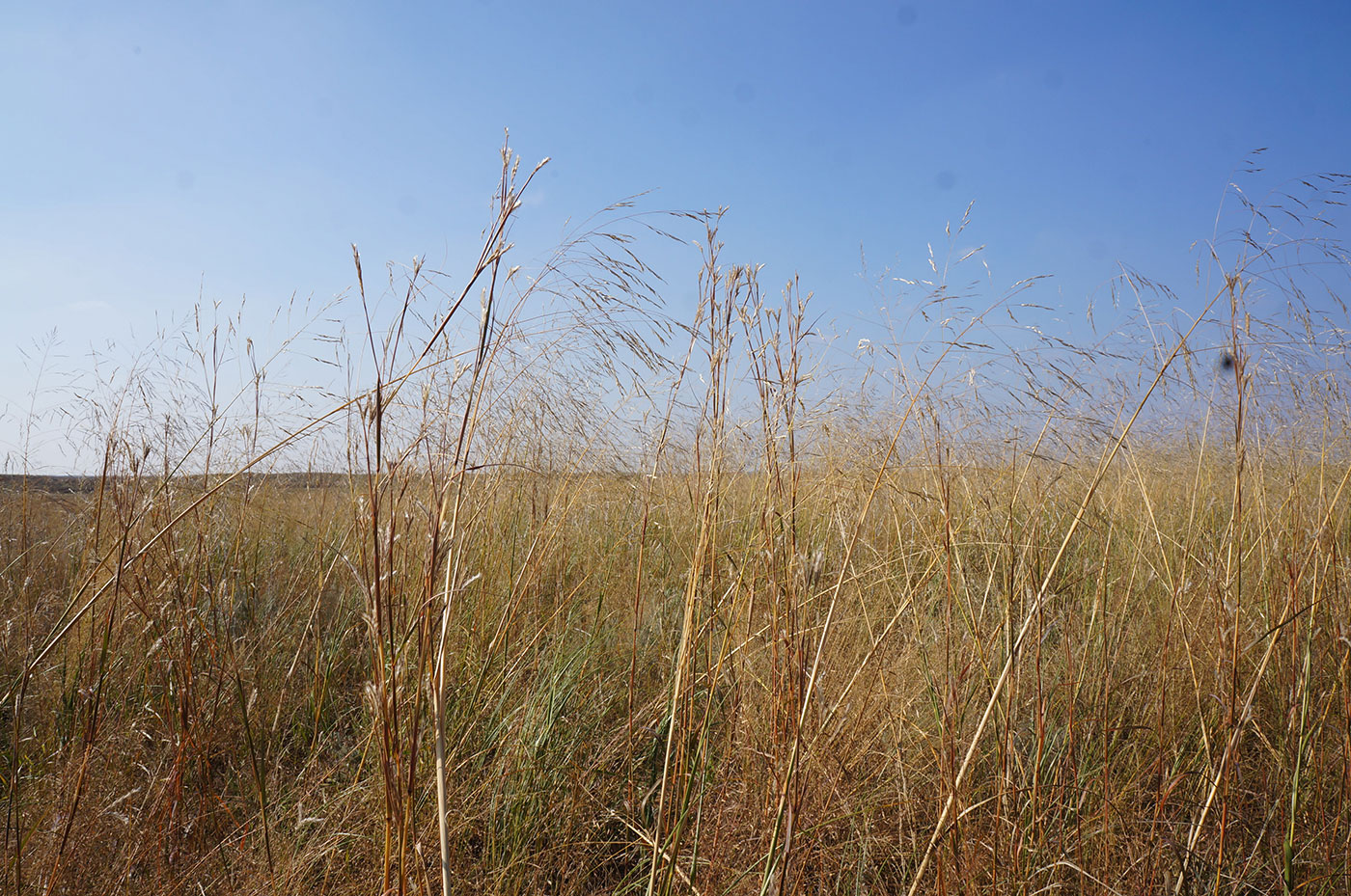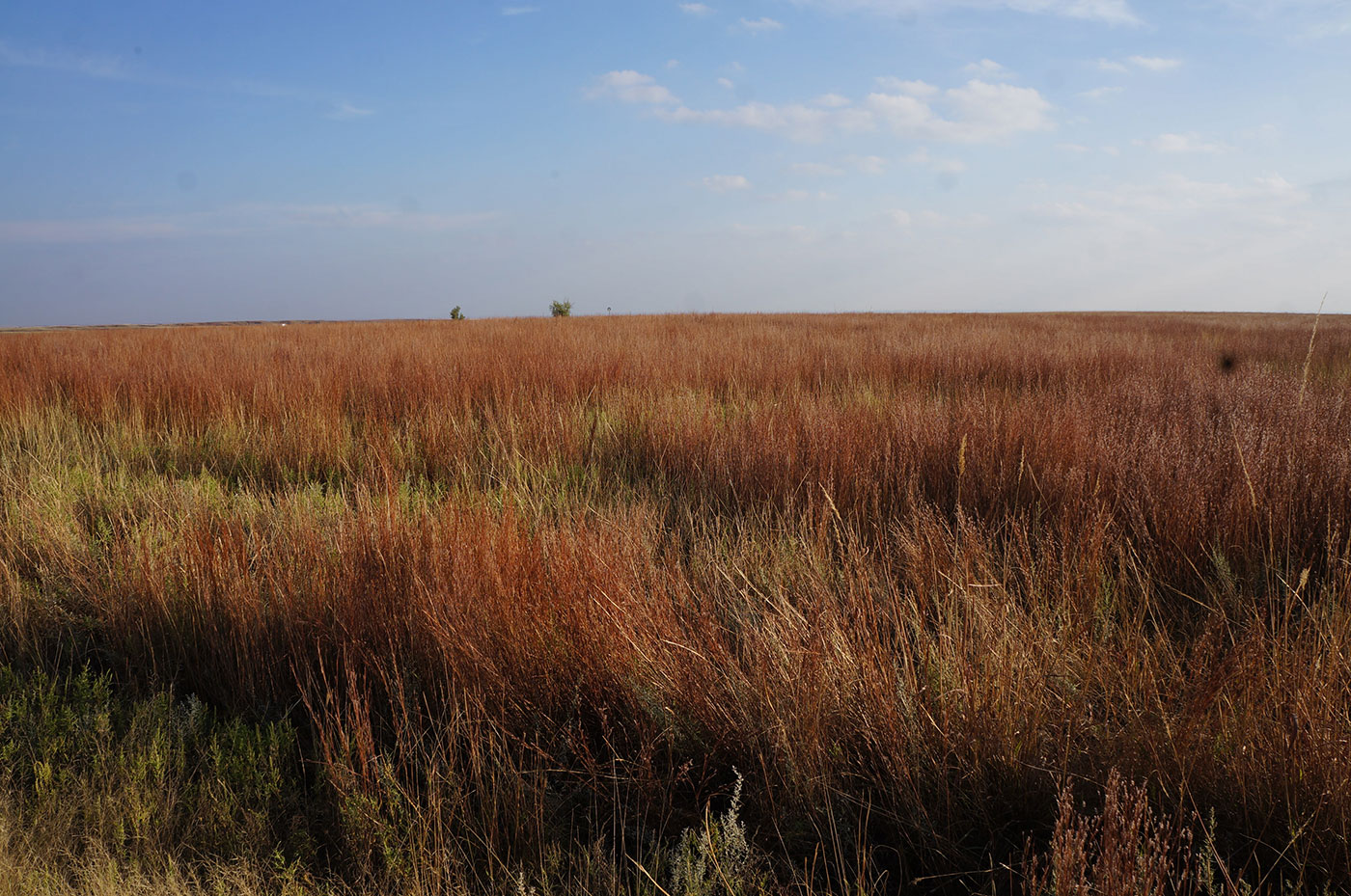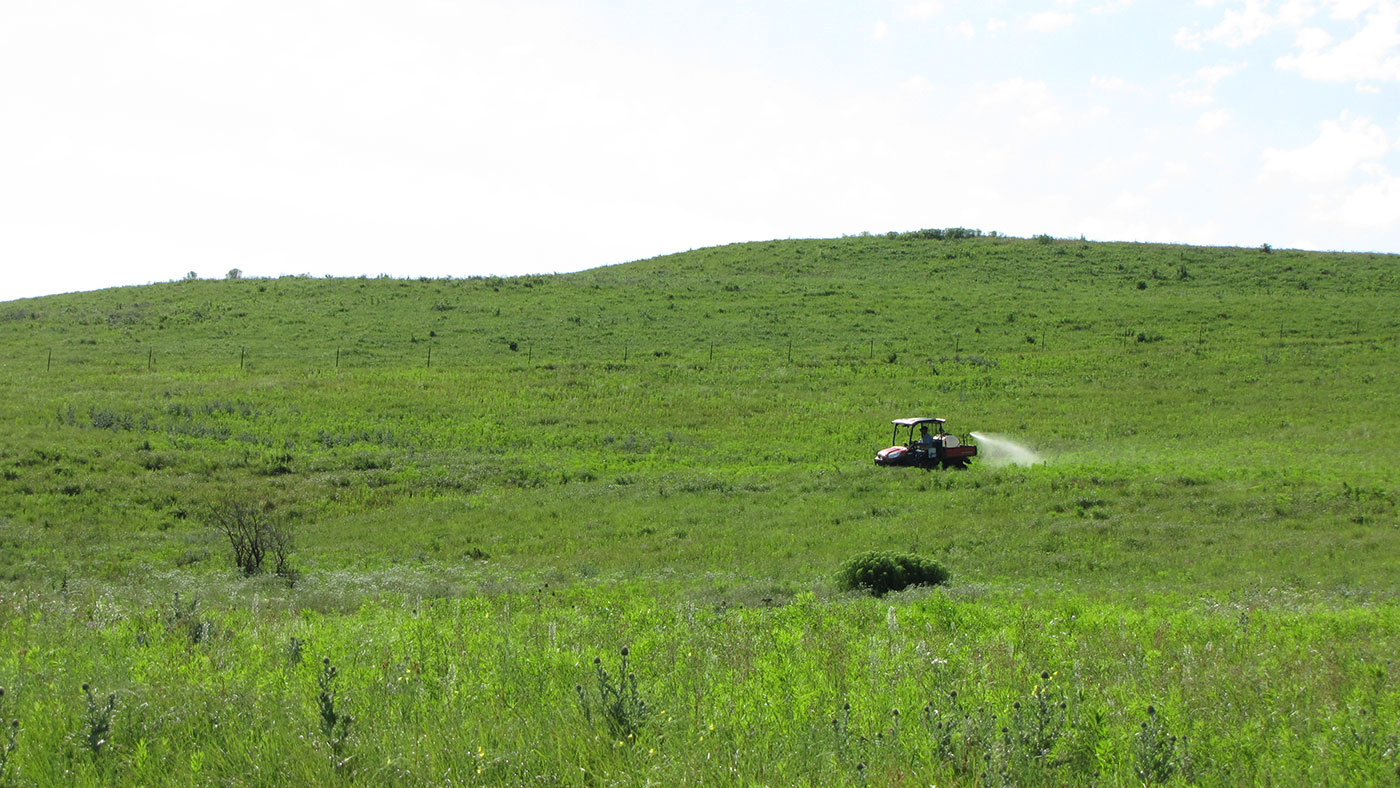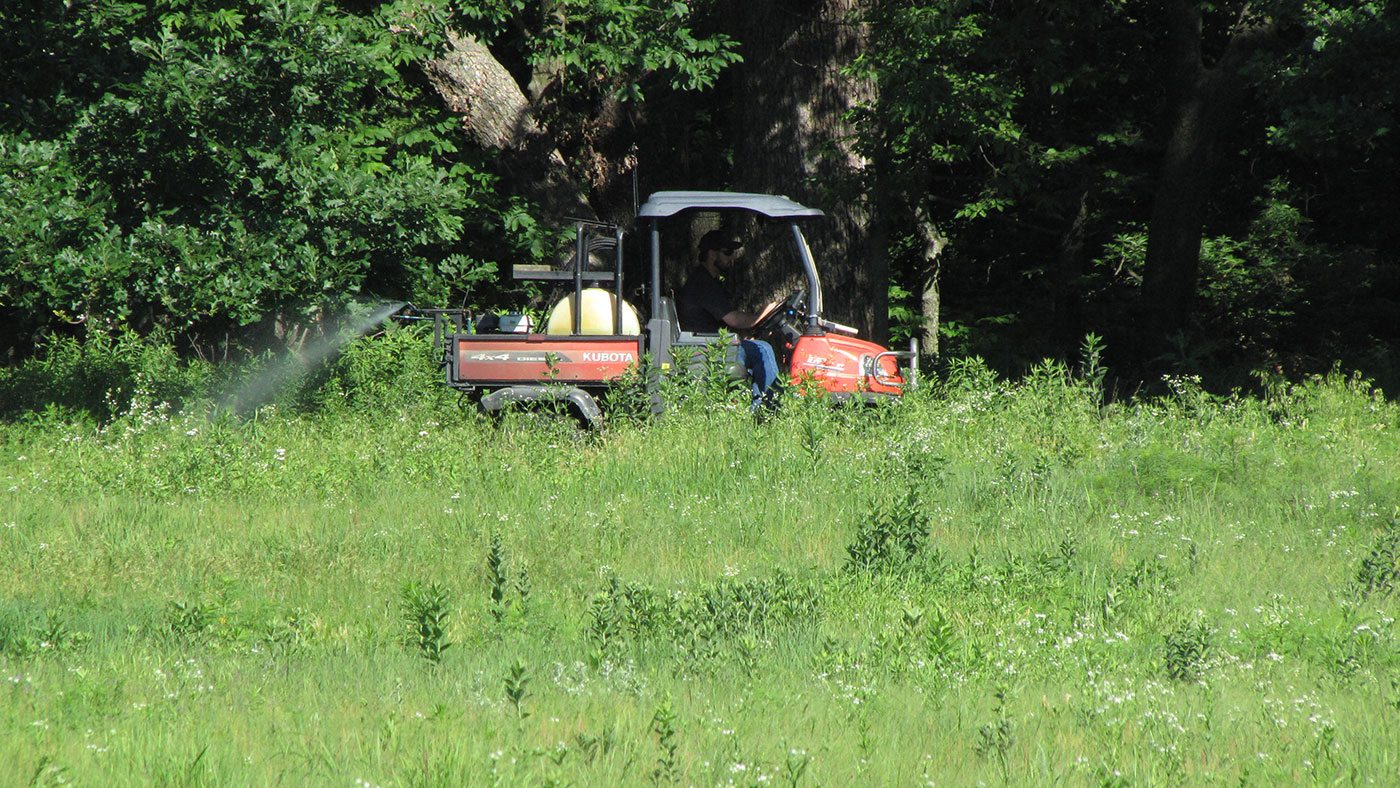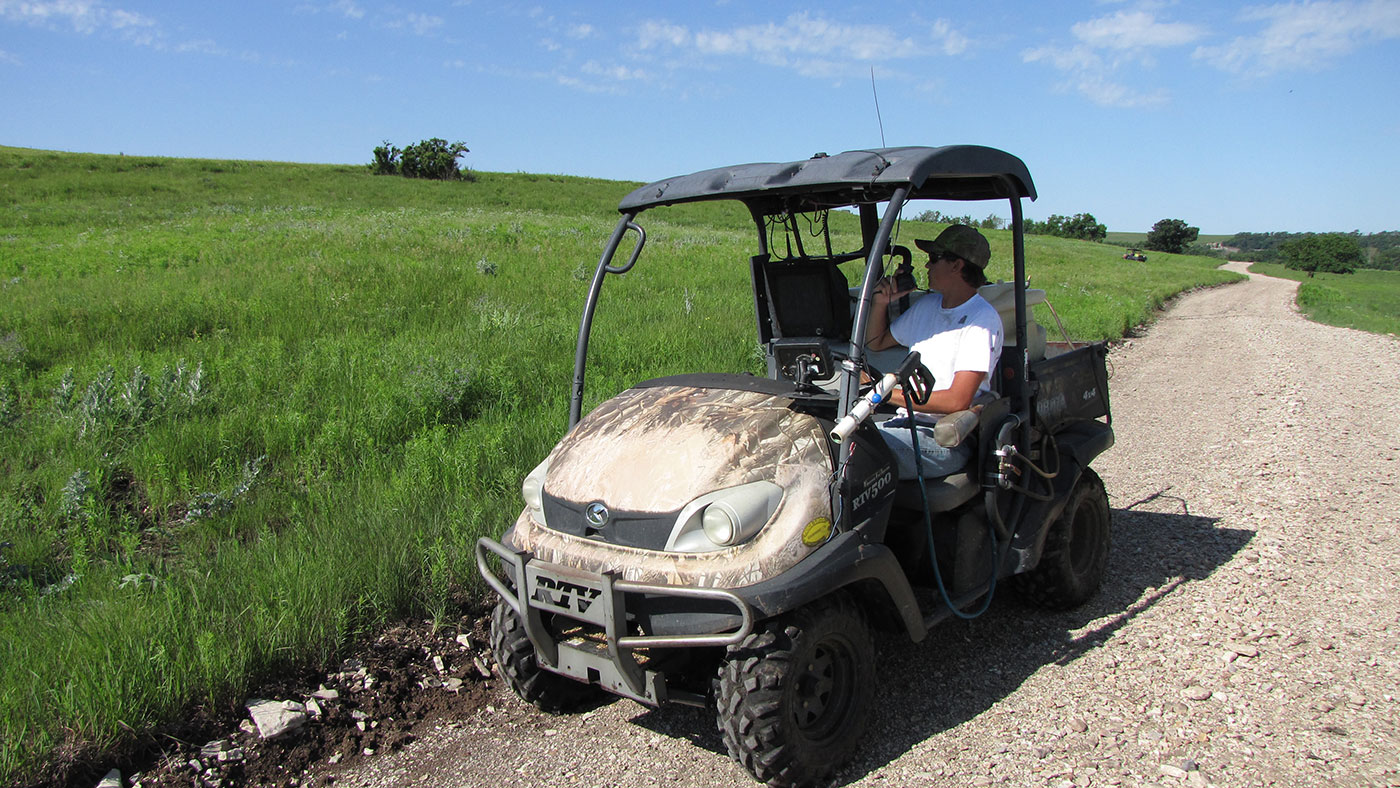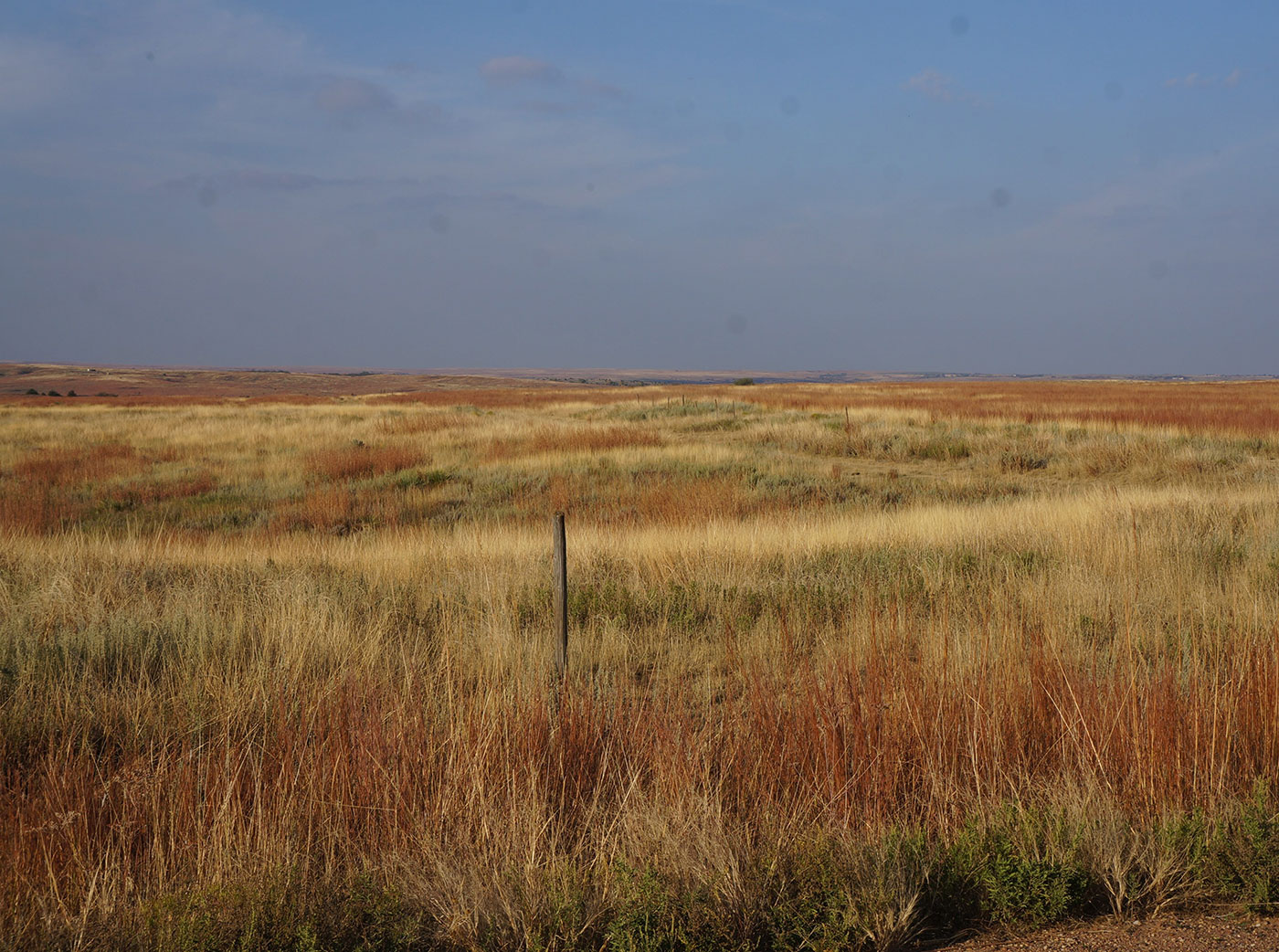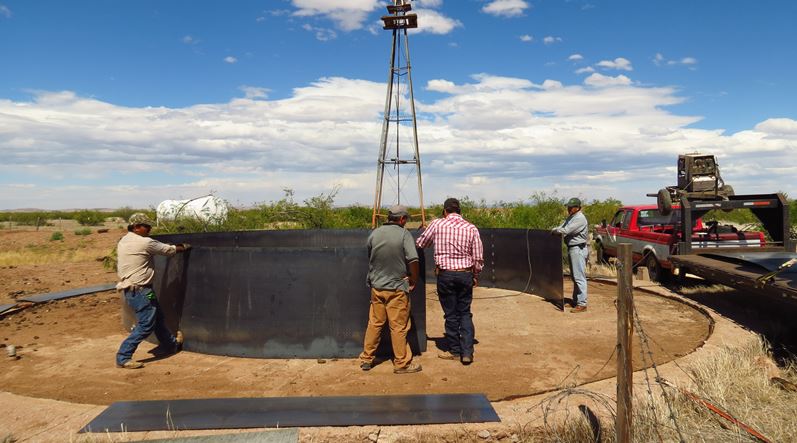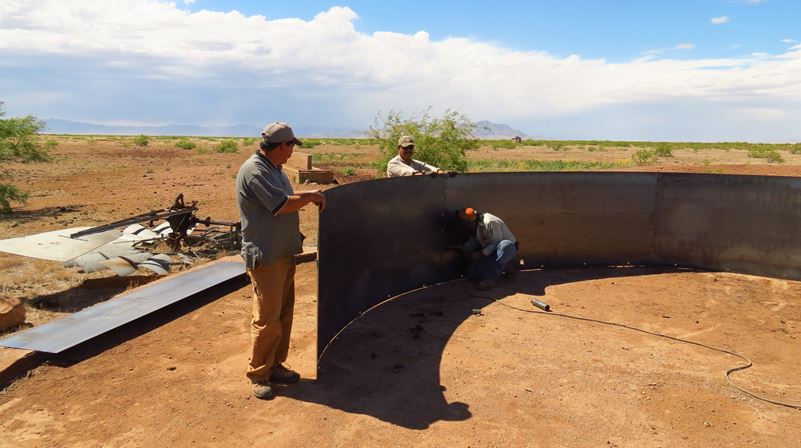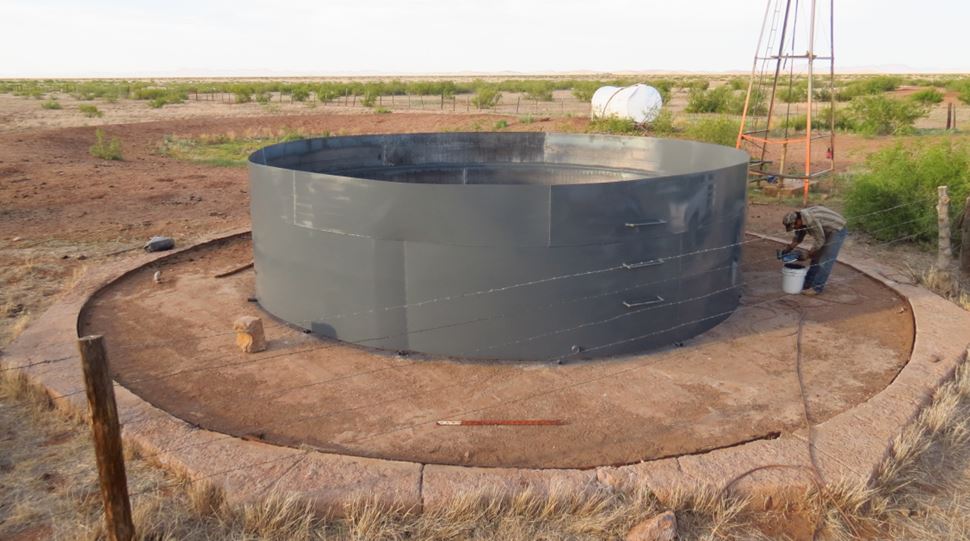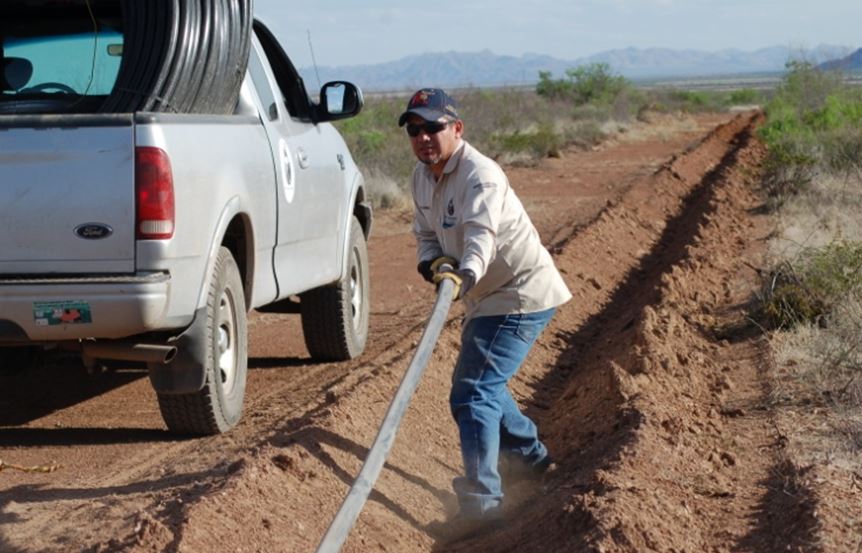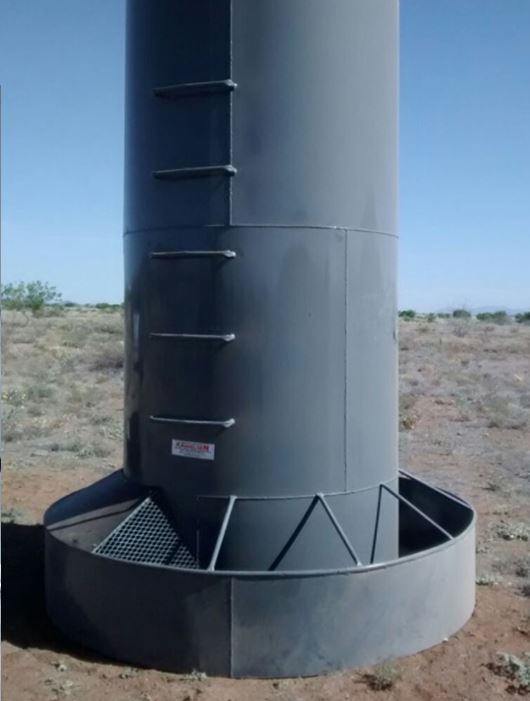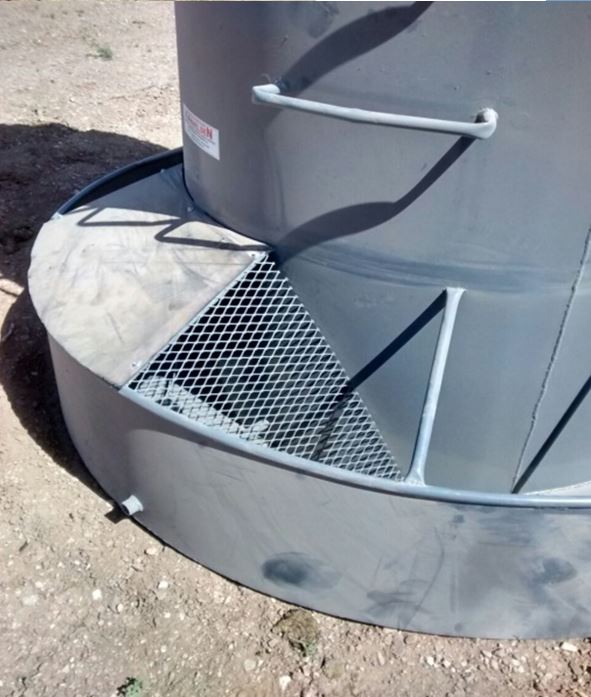Herd dog watching the cows
Yearlings Grazing CWG - Perrin Ranching
| Type |
CEC-support Ranch Pilot |
| Organization |
Perrin Ranching |
| Country |
Canada |
| Region |
Beechy, Saskatchewan |
| Grass Type |
Mixed-grass |
| # of head of cattle |
450 cow/calf pairs, 100 replacement heifers |
| Hectares |
5,058 |
| Language |
English |
| Date modified |
August 2015 |
Perrin Ranching 1990 Ltd. is a fourth-generation ranch located in southwestern Saskatchewan near Beechy. Reg and Shannon Schellenberg, along with their son, Coy, and his wife, Laura-Lie, run this commercial cow/calf operation. The ranch consists of nearly 12,500 acres (5,058 hectares), with 90 percent being native rangeland. The Schellenberg Family has always taken pride in their native landscape and, like the generations before them, carefully manages grazing to maintain biodiversity and a healthy ecosystem. Healthy, productive grass and riparian areas, clean water, and abundant wildlife are signs of this careful stewardship.
The ranch currently supports a 450-head cowherd, using a Black Angus genetics base and some Simmental cross breeding for hybrid vigor. They also background nearly 100 replacement heifers each winter, some of which are sold in the spring or fall and the rest kept as replacements and integrated into the cowherd.
The Perrin Ranch at Beechy has a history of working with conservation groups, such as Ducks Unlimited Canada, to forge agreements for deferred grazing periods on some pastures to help conserve nesting habitat for waterfowl. The ranch has also implemented many of their own beneficial management practices, including water development and cross-fencing, to provide better grazing management for their pastures. Particular attention is paid to their grazing plan, where season of use is alternated for each pasture so that pastures are not grazed at the same time each year. During the grazing season, pastures are monitored very closely to determine when it is time to move the herd. They also use salt and mineral feeders as another method to attract the cattle to uplands and under-utilized areas of pastures.
The Schellenberg Family recognizes that the practices used by the generations before them, and the practices they use today, are setting the stage for the generations to come. They are focused on ensuring that the land and water remain healthy and productive well into the future. The ranch has been economically viable over the years and this was especially proven through the economically challenging years after Bovine Spongiform Encephalopathy (BSE), which put many Canadian operations out of business.
This project consisted of cross-fencing one of the ranch’s largest native pastures. The pasture encompassed five sections (3,200 acres, or 1,295 hectares) and a plan to cross-fence it has been long in the works to allow for improved control of grazing frequency, intensity, and duration. The cross-fence, approximately two miles in length, split the pasture in half, with resulting north and south sides: the north half of 1,760 acres (712 ha.) and south half of 1,440 acres (583 ha.). There are at least three very large dugouts, lakes, or springs on each side, which ensure water availability throughout.
A range health assessment was conducted in September of 2014 (two areas on each side) with the assistance of local range professionals. The south end of the pasture is typically over-utilized and the north side is typically under-utilized by grazing animals. Assessments revealed that pasture condition is healthy on the north side and healthy with some problems on the south side. The healthy status is largely due to a healthy vegetation status; very extensive and diverse plant communities inhabiting several vegetative layers, the abundance of litter, and minimal invasive weeds. It is also due to healthy hydrologic function and soil protection, minimal to zero soil erosion and bare soil, and healthy riparian areas. The health status of these pastures is a result of good grazing practices, including suitable stocking rates. While the Schellenbergs realize that the acres available could potentially support more cattle, their previous grazing plans included aggressive drought-proofing measures aimed at ensuring adequate carryover in the event of drought.
Water resources are well scattered and readily available for the livestock. The ranch has continued to develop dugouts and springs over the years, along with installation of remote watering systems to protect these water resources and provide cleaner water to the cattle. The lay of the land in many of the pastures is well suited to holding run-off and excess water in many sloughs and lakes, which increases water availability and helps take the pressure off the native prairie when the slough grass comes.
Biodiversity is seen in many ways on this ranch. The plant biodiversity is not the only community that is extremely diverse. There is also several species of wildlife that call this place home, including elk, mule deer, white-tailed deer, antelope, moose, coyotes, badgers, beavers, and many other species of animals and birds. The vast presence of so many species indicates that the ranch has created some excellent habitat.
This project was completed during early spring of 2015. Results will be monitored by conducting range health assessments over the next number of years to ensure that range health is being maintained or improved.
For the coming season (2015), the Schellenbergs plan for grazing to commence on the north pasture in early June with 350 cow/calf pairs. This area of the pasture was typically underutilized by grazing animals. It is anticipated that cattle will remain on the north side until mid- or end of July. Grazing is always monitored closely, and cattle will be moved earlier or later, if needed. Once grazing of the north side is complete, the 350 pairs will be moved to other pastures on the ranch and return to graze the south end in September of 2015 for a short time (two to four weeks). In the past, the south end was grazed more heavily and by delaying grazing into September of 2015, plants in this pasture will have almost an entire growing season of rest, with a short grazing period in the fall. Looking toward 2016, the Schellenbergs indicate that they plan to assess pasture conditions in the fall (2015) and base decisions for the 2016 grazing season on that fall assessment.

